PEOPLE

Matt King
UTas
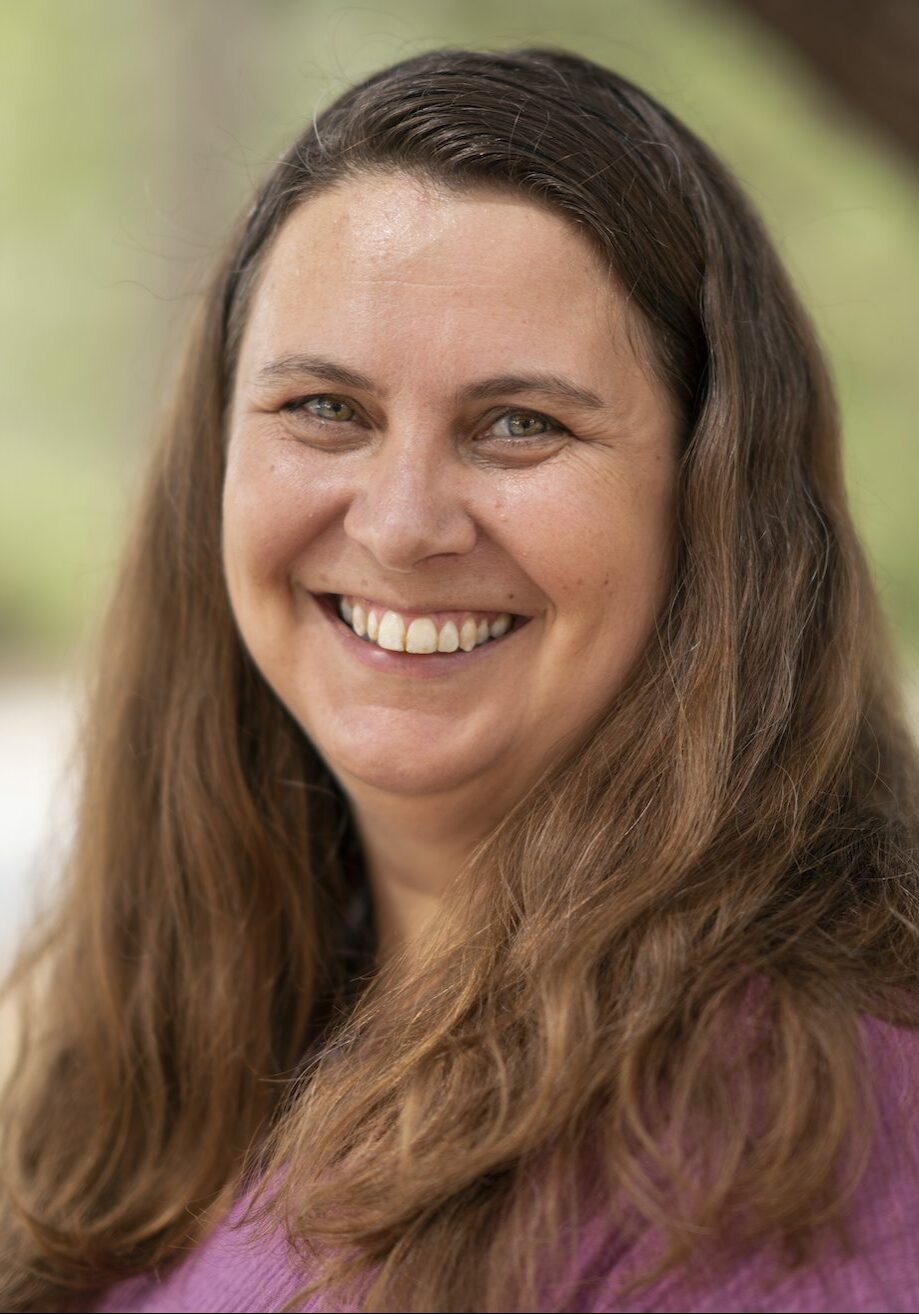
Nerilie Abram
ANU

Alan Aitken
UWA
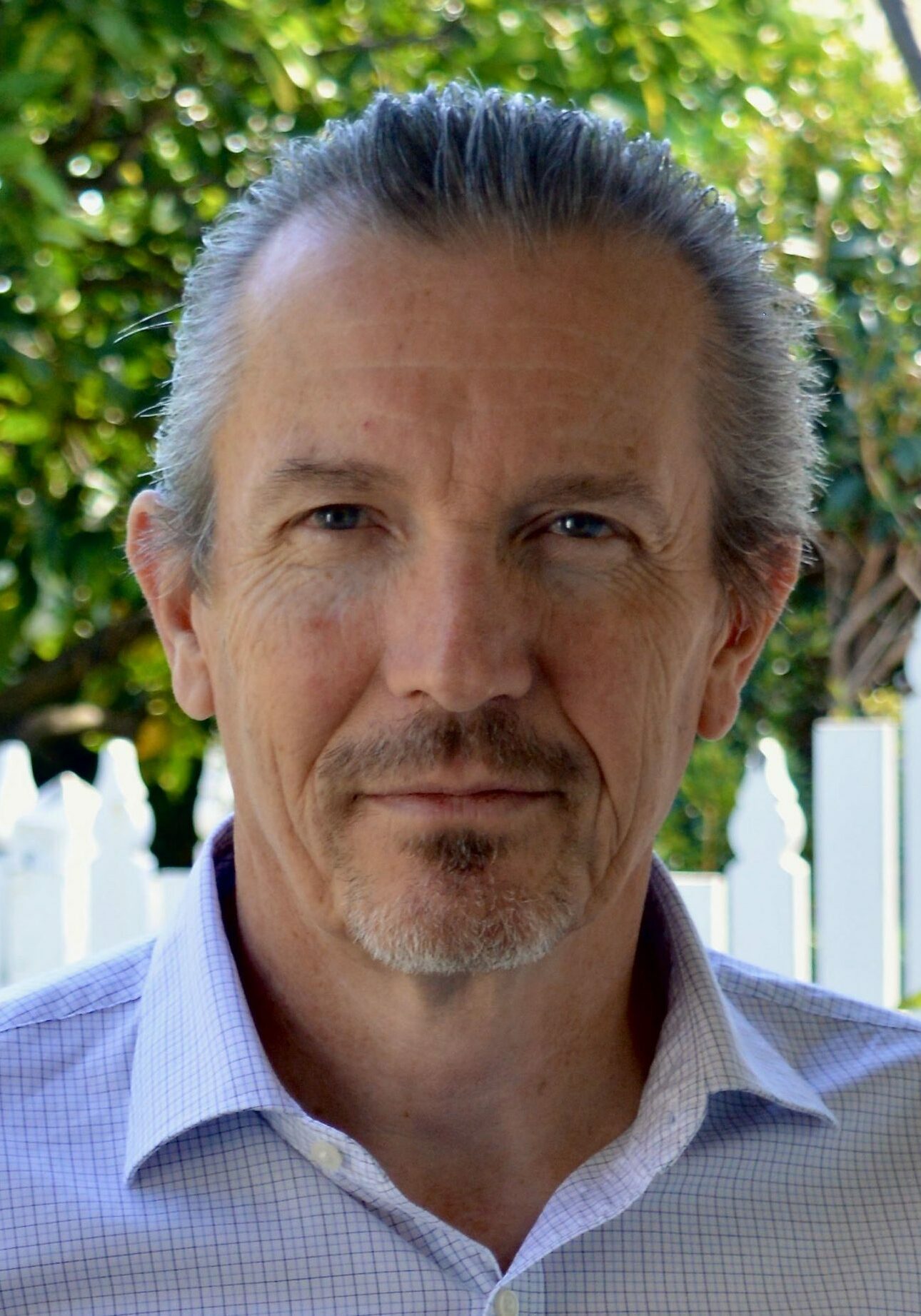
David Antoine
Curtin U

Nathan Bindoff
UTas
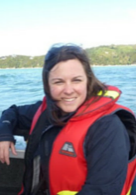
Julia Blanchard
UTas
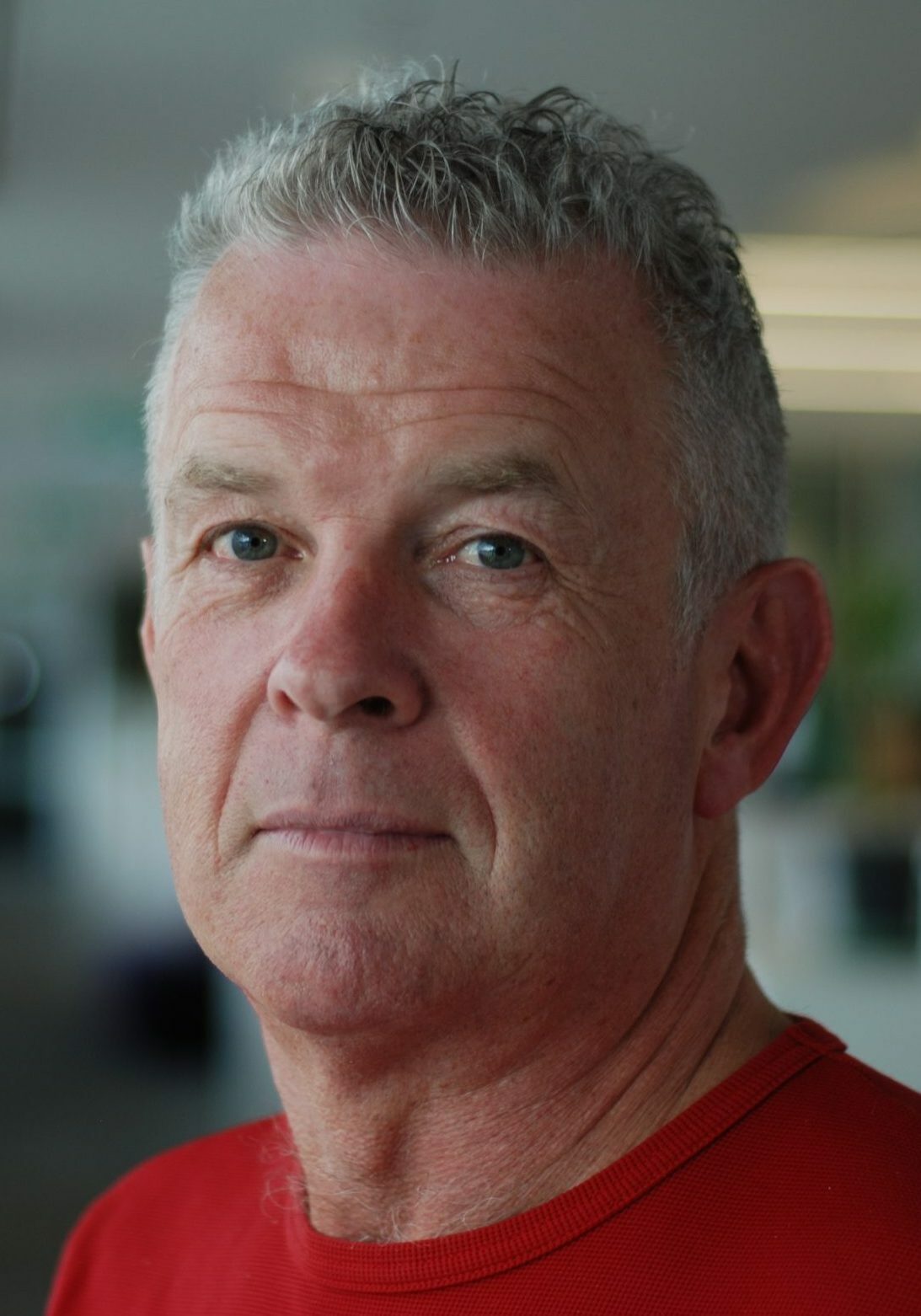
Philip Boyd
UTas
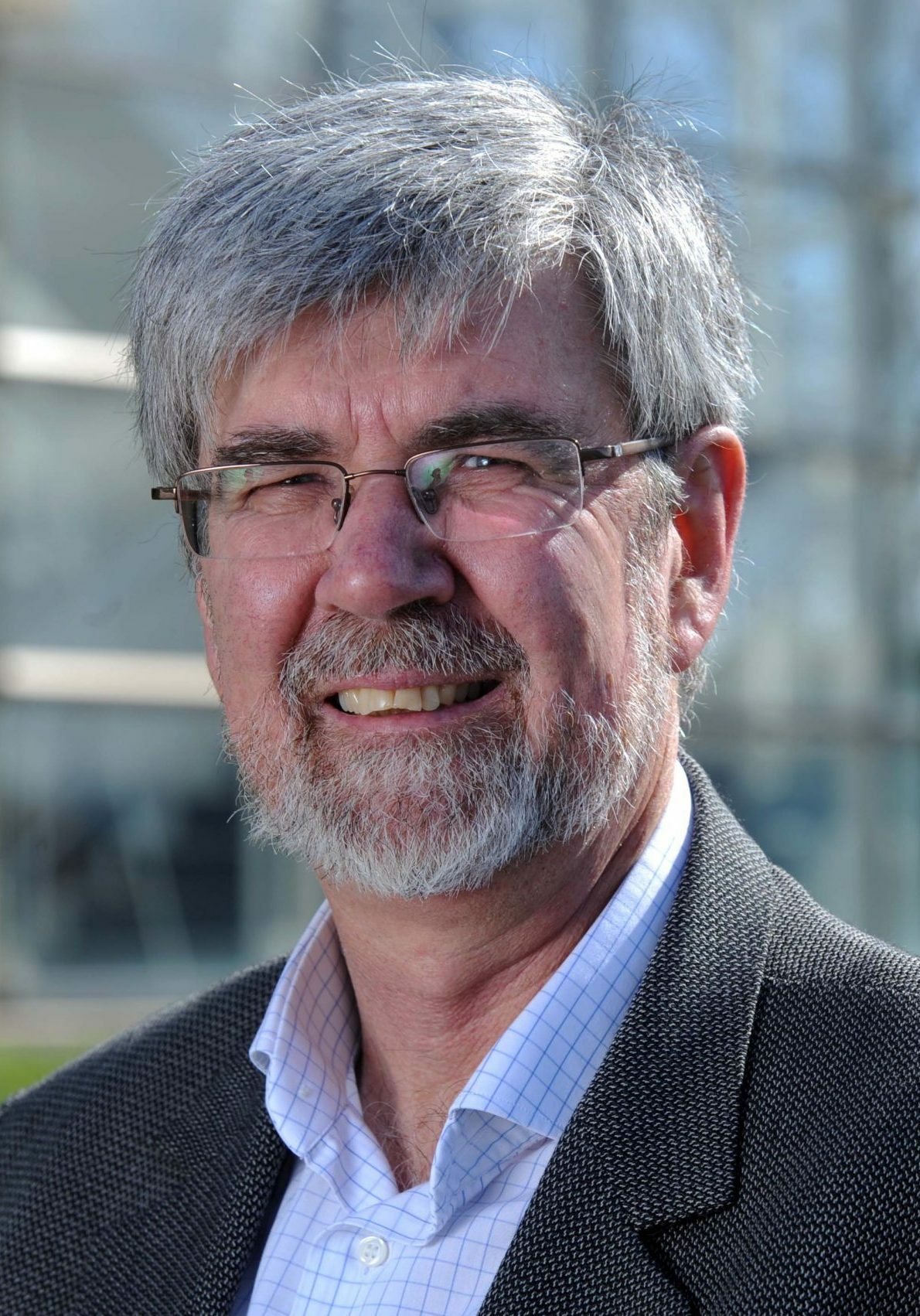
John Church
UNSW

Zanna Chase
UTas
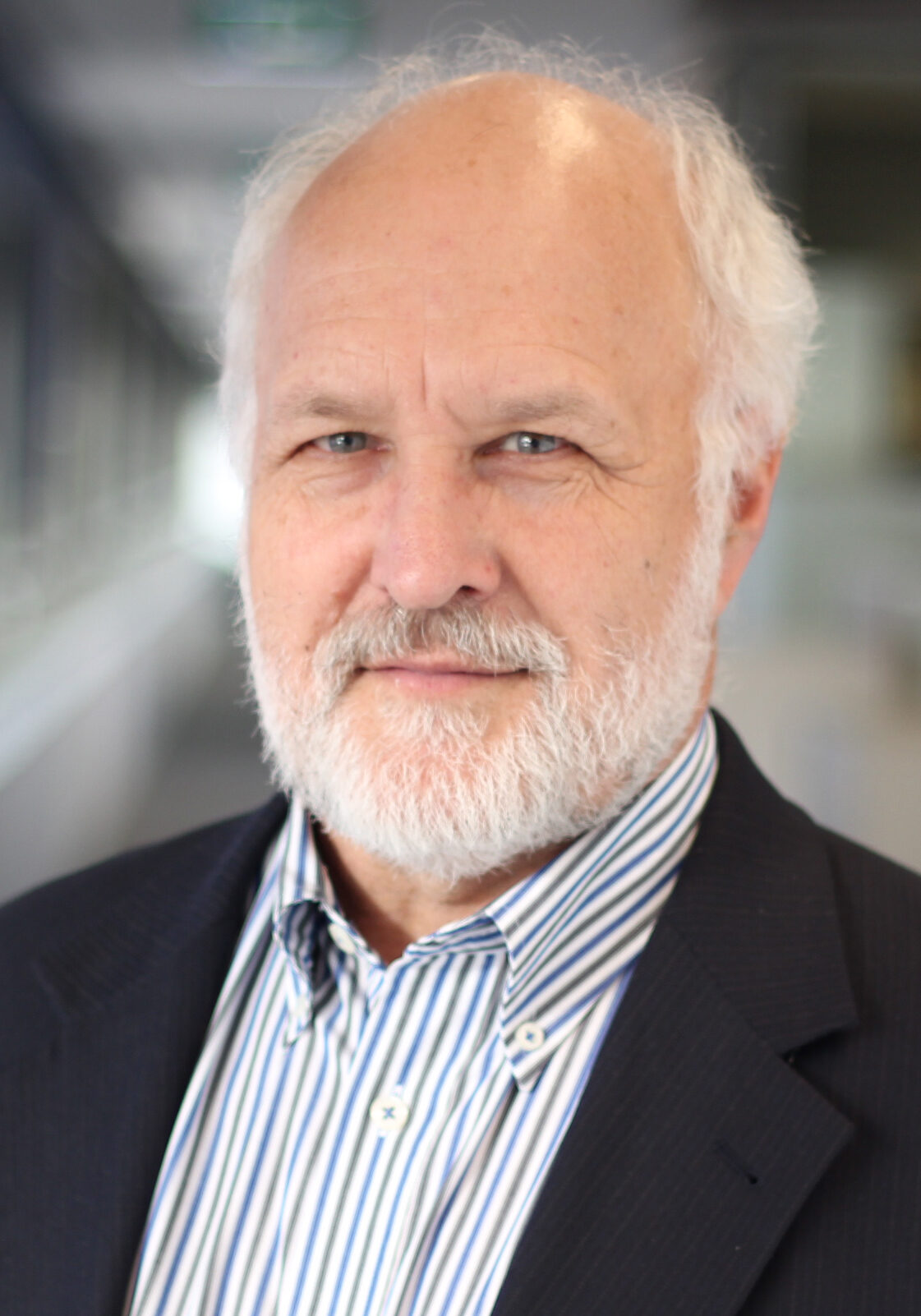
Richard Coleman
UTas

Rhodri Davies
ANU
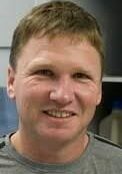
Michael Ellwood
ANU

Matt England
UNSW

Bishakhdatta Gayen
U Melb
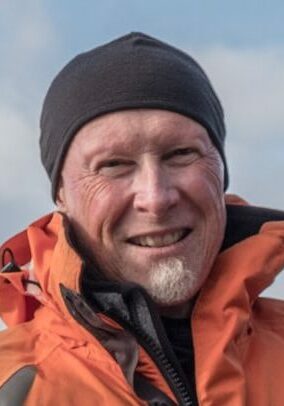
Ian Goodwin
UNSW

Jacqui Halpin
UTas

David Heslop
ANU

Nicole Hill
UTas

Mark Hindell
UTas
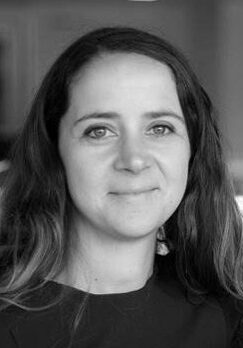
Delphine Lannuzel
UTas
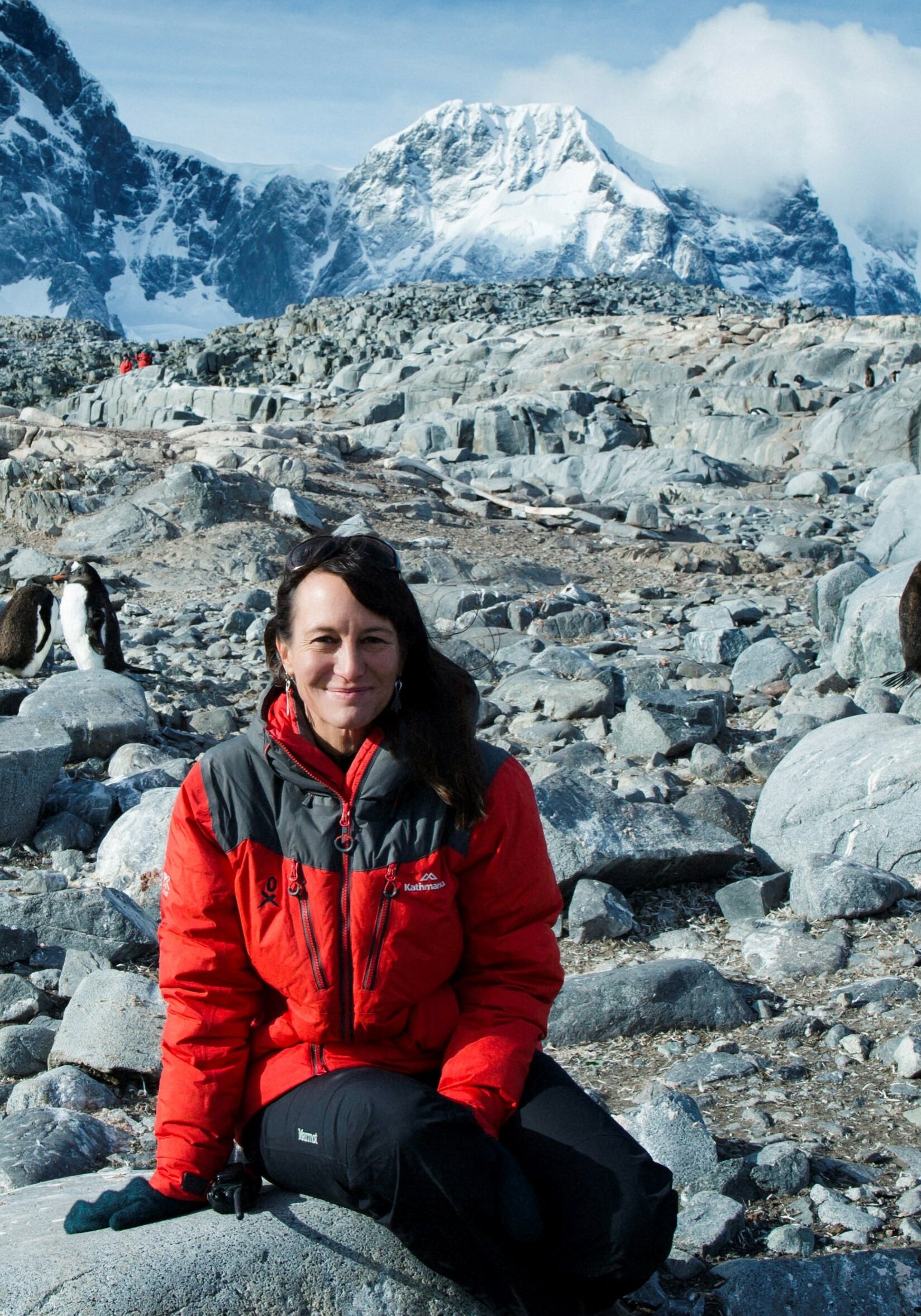
Mary-Anne Lea
UTas
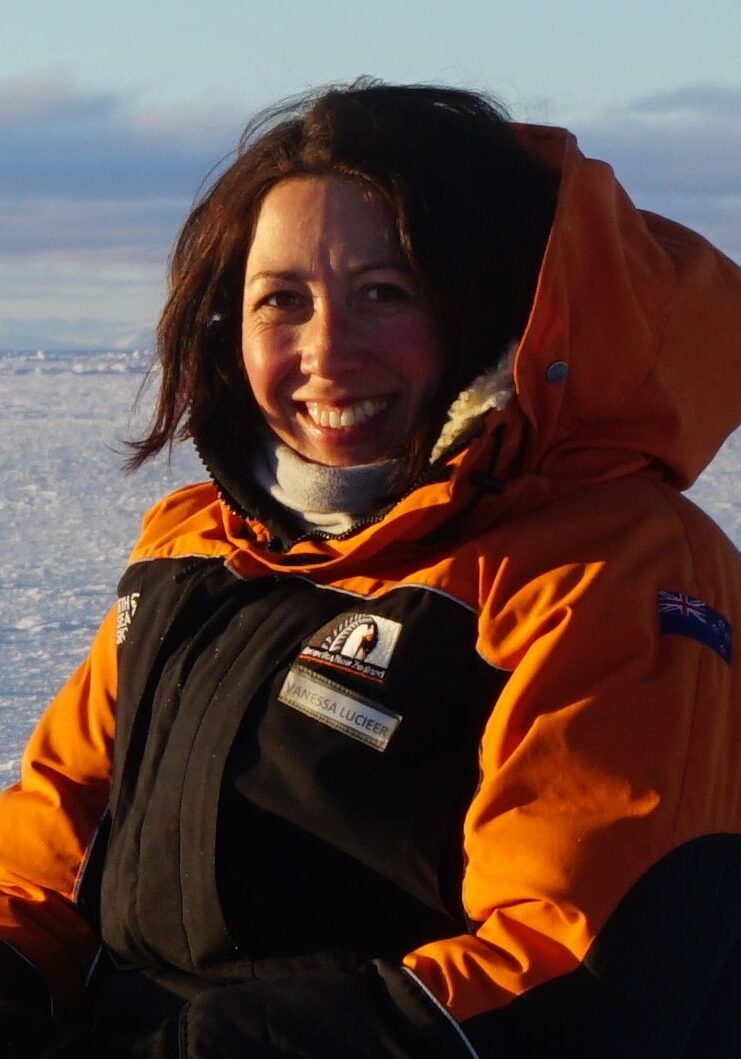
Vanessa Lucieer
UTas
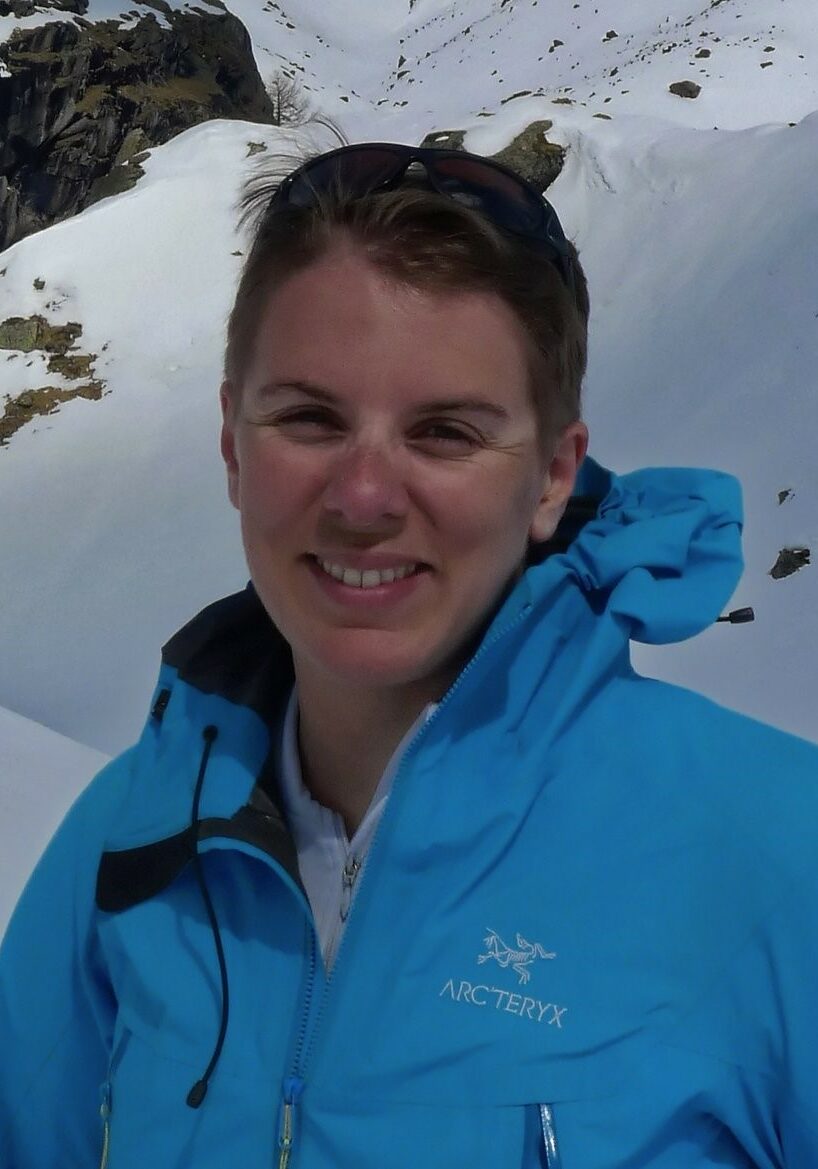
Elisa Mantelli
UTas

Andrew McMinn
UTas

Laurie Menviel
UNSW
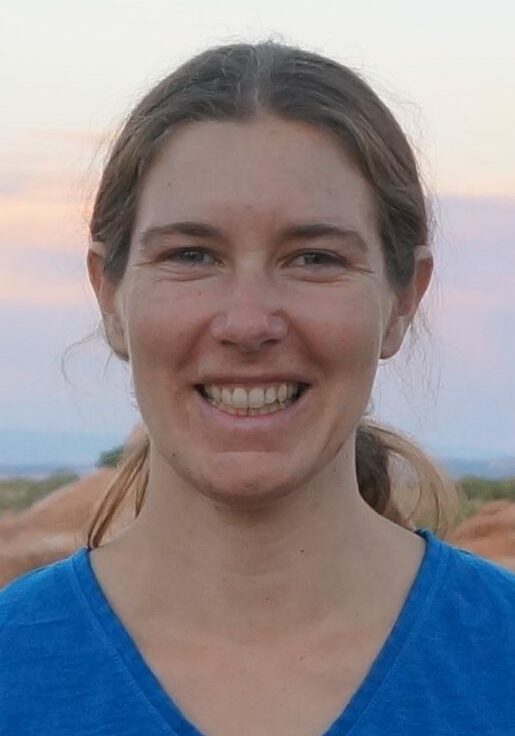
Adele Morrison
ANU

Max Nikurashin
UTas

Taryn Noble
UTas
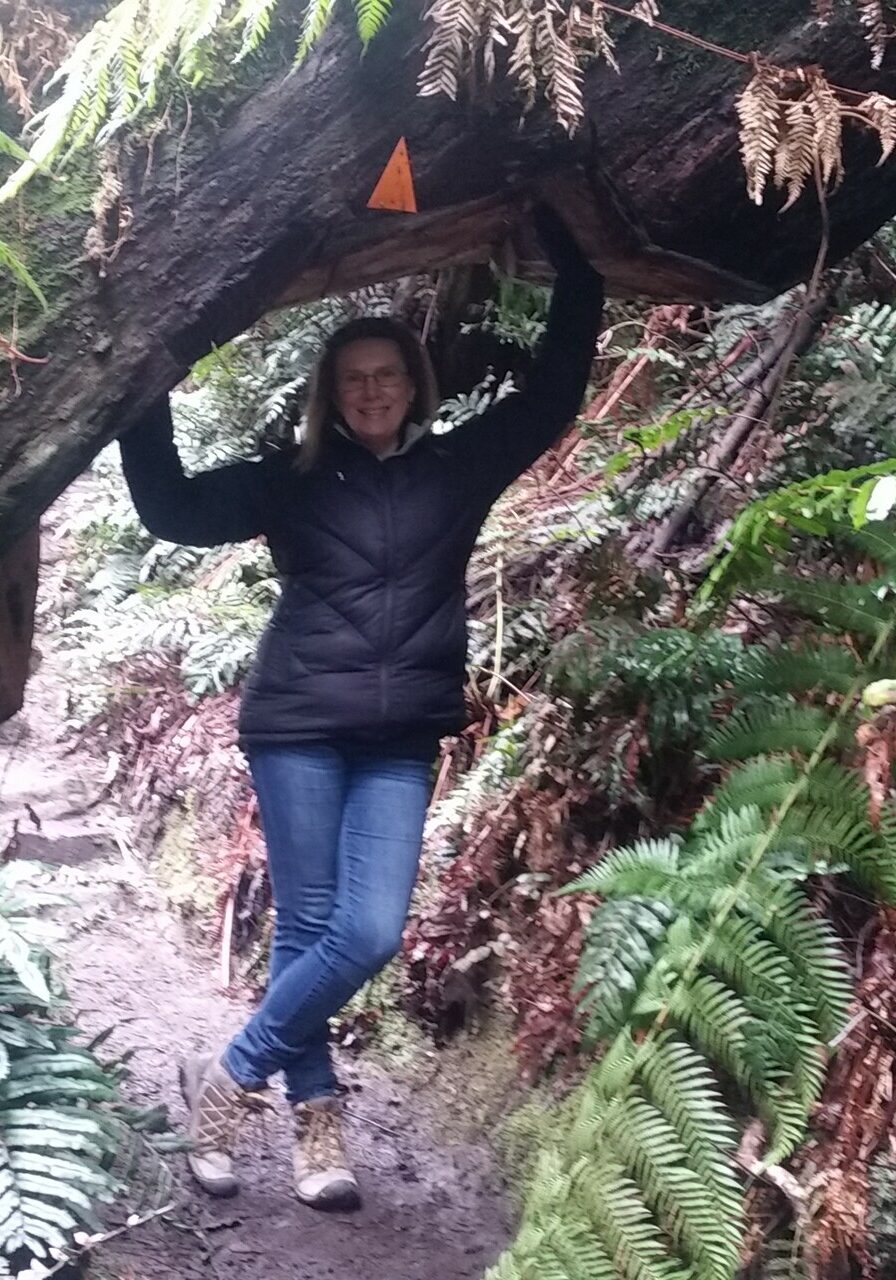
Helen Phillips
UTas
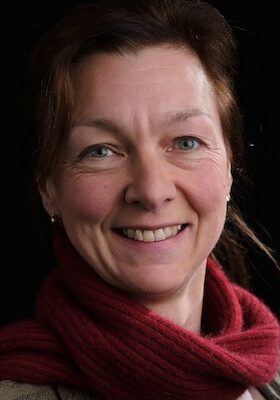
Anya Reading
UTas

Eelco Rohling
ANU
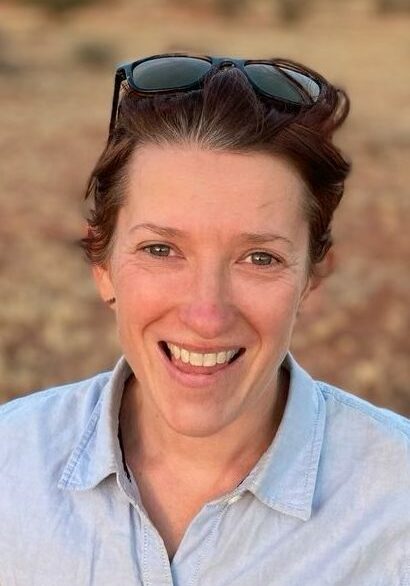
Kate Selway
Uni SA
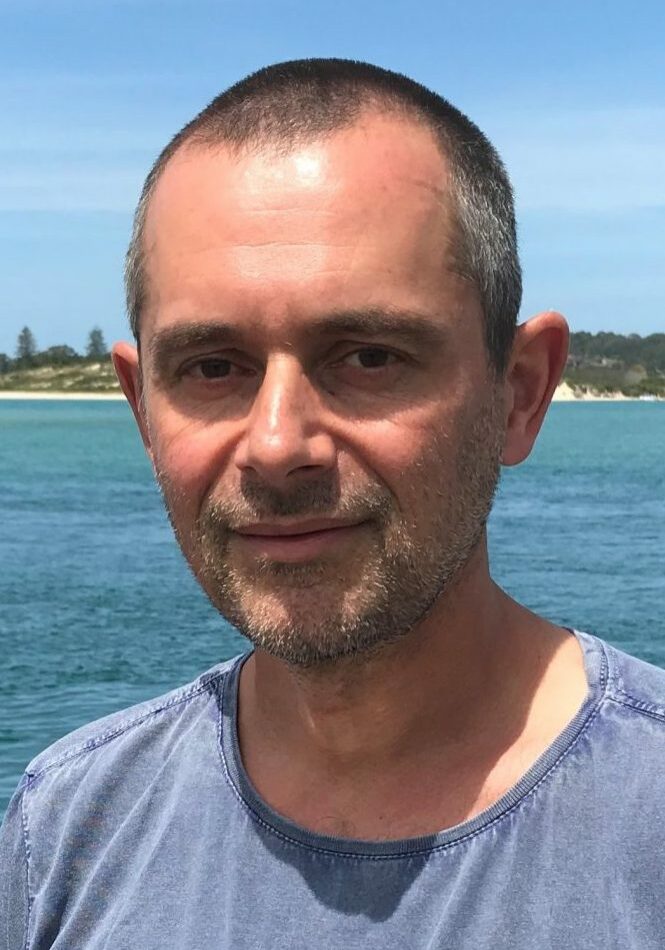
Alex Sen Gupta
UNSW
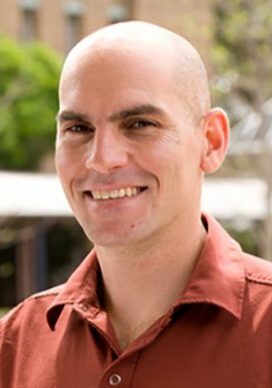
Paul Spence
UTas
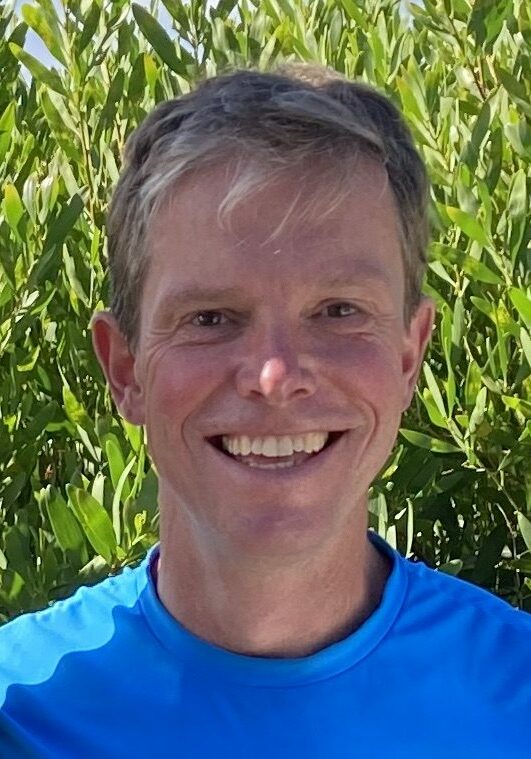
Pete Strutton
UTas

Paul Tregoning
ANU

Chris Watson
UTas

Duanne White
U Canberra
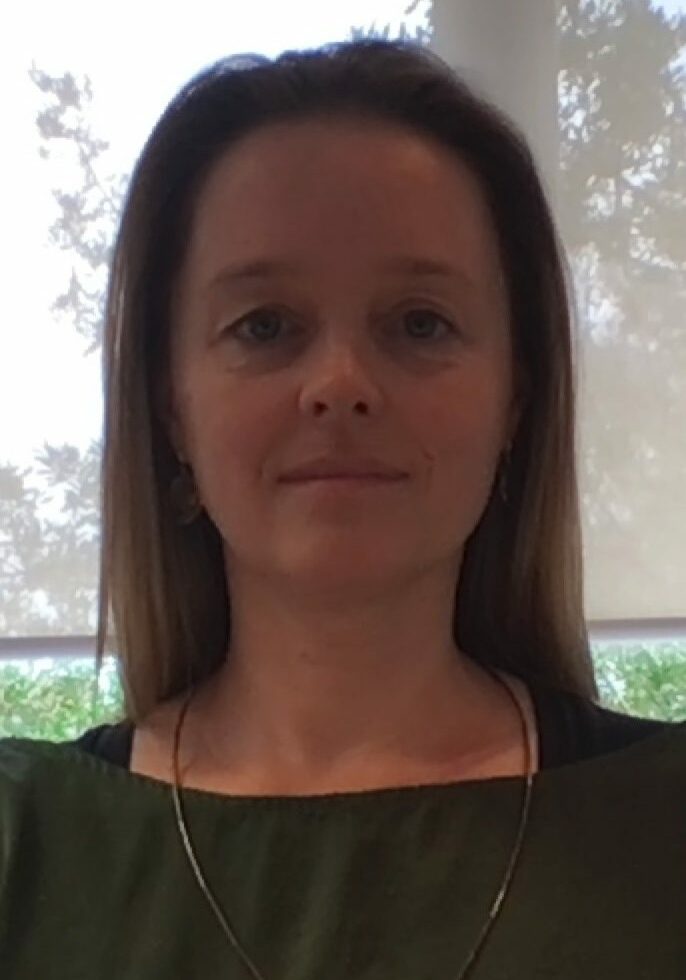
Jo Whittaker
UTas
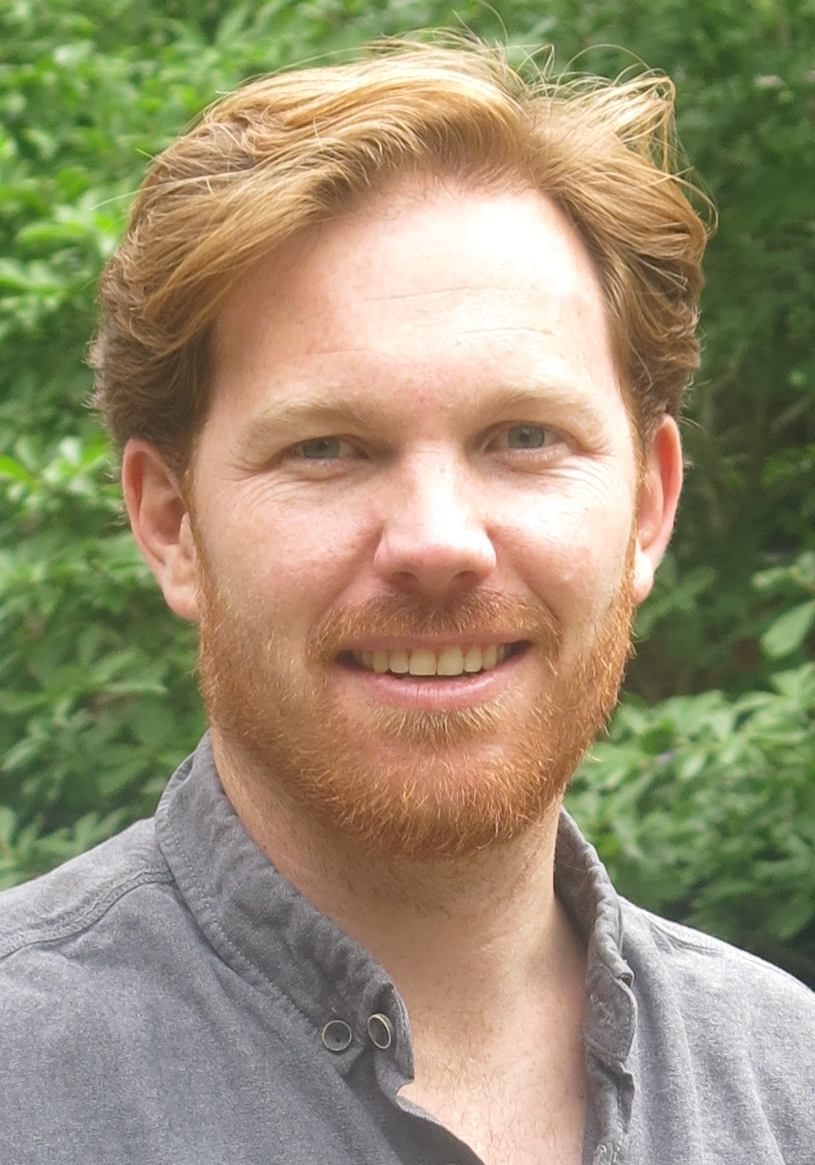
Jan Zika
UNSW
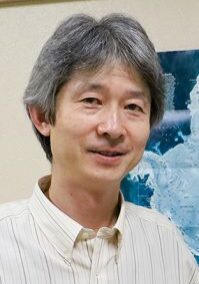
Shigeru Aoki
Hokkaido University

Michael Bentley
Durham Uni

Herve Claustre
CNRS - LOV

Xavier Crosta
University of Bordeaux

Scott Doney
University of Virginia

Gael Durand
CNRS - IGE
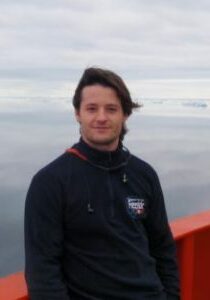
Pierre Dutrieux
British Antarctic Survey
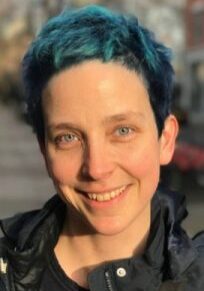
Tamsin Edwards
Kings College
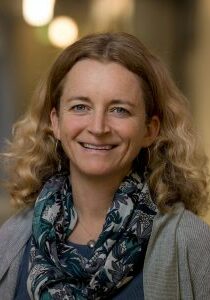
Helen Fricker
SIO - UCSD
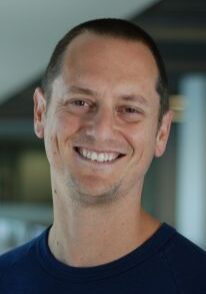
Ben Galton-Fenzi
AAD
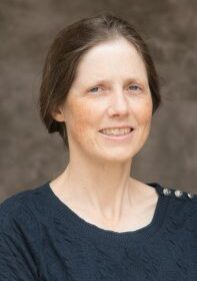
Sarah Gille
SIO - UCSD

Karsten Gohl
Alfred Wegner Institue
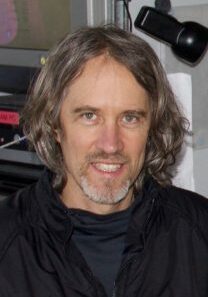
Stephen Griffies
NOAA

Stewart Jamieson
Durham Uni
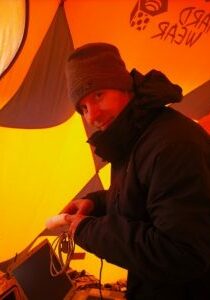
Bernd Kulessa
Swansea University
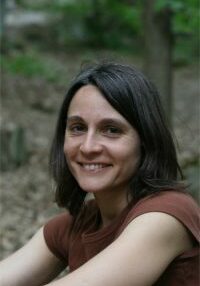
Amaelle Landais
CNRS - LSCE

Naomi Levine
USC

Adrian Luckman
Swansea University
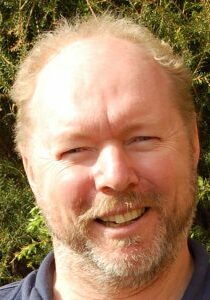
Rob Massom
AAD
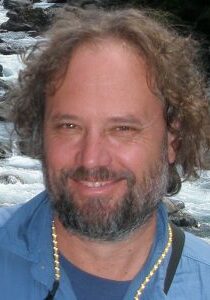
Clive McMahon
SIMS - IMOS

Klaus Meiners
AAD
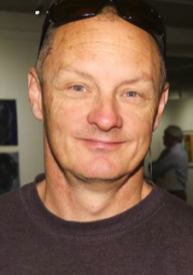
Terence O'Kane
CSIRO

Alexandra Post
Geoscience Australia
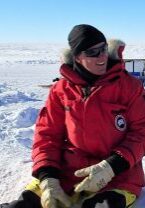
Jason Roberts
AAD
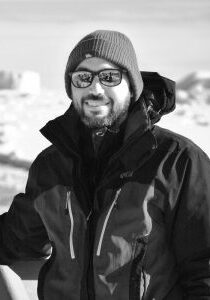
Jean-Baptiste Sallee
CNRS - LOCS
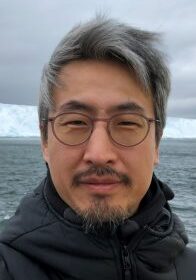
Won Sang Lee
KOPRI
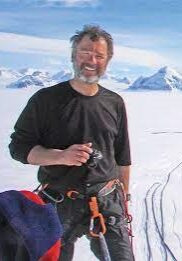
Ted Scambos
University of Colorado

Chris Stokes
Durham Uni

Lynne Talley
SIO - SOCCOM
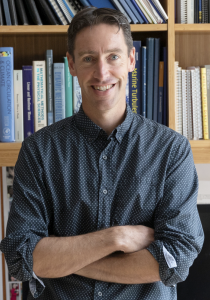
Andy Thompson
Caltech
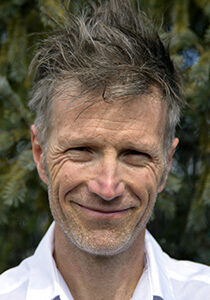
David Thompson
Colorado State Uni
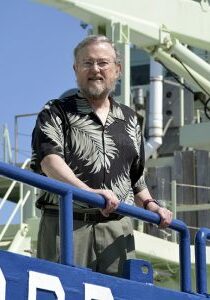
John Toole
WHOI

Michiel Van Den Broeke
Utrecht Uni

Anna Wahlin
University of Gothenburg

Darryn Waugh
Johns Hopkins University
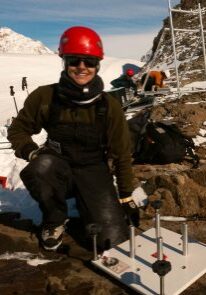
Pippa Whitehouse
Durham Uni

Eric Wolff
University of Cambridge

Yusuke Yokoyama
University of Tokyo
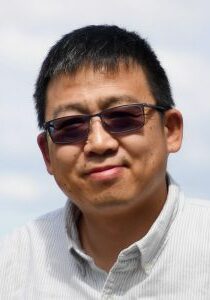
Xuebin Zhang
CSIRO
Collaborators
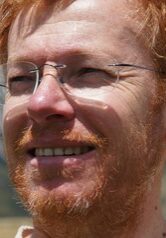
Rupert Gladstone
University of Lapland

Anders Levermann
PIK
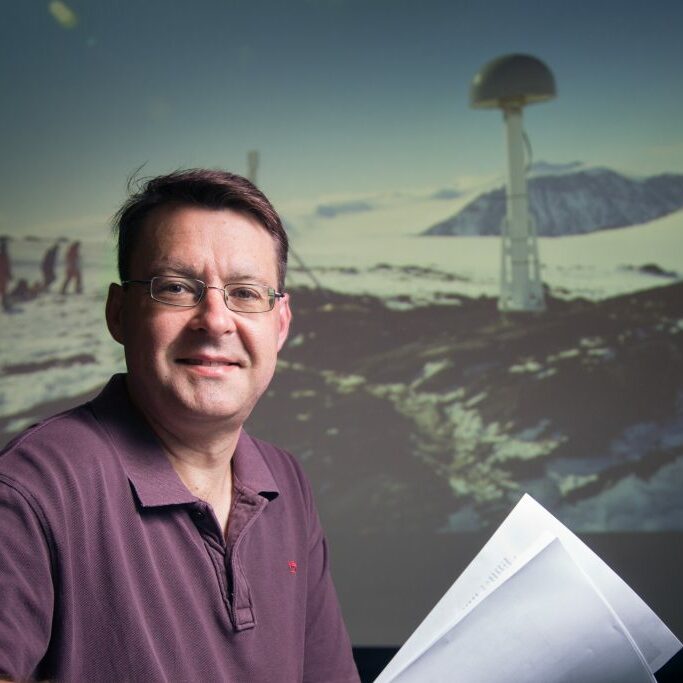
Current ACEAS Activities:
As Centre Director of ACEAS, Matt will lead the delivery of the research programs, strategy, governance, and operations for the Centre.
Under Matt's direction ACEAS will take five strategic approaches by:
- Undertaking world-class integrated research;
- Maximising strong national and international partnerships;
- Employing a diverse workforce;
- Leveraging and creating national research infrastructure; and
- Creating pathways to local, regional, and circumpolar impact.

Current ACEAS Activities:
Jane's roles as ACEAS Centre Project Officer include:
- Coordination of day-to-day administration needs of ACEAS including finance, record management and human resources.
- Project administration support to the Director and Chief Operating Officer
- Project coordination support for ACEAS research staff and students
- Centre liaison for internal and external stakeholders
- Coordinate the preparation of formal reports on research delivery against Key Performance Indicators
- Secretary to the Management Committee

Current ACEAS Activities:
Melissa is the Communications Officer at the Australian Centre for Excellence in Antarctic Science. She coordinates the Centre’s communication activities, which includes promoting new research to the media and other key audiences.

Patti Virtue
Antarctic Graduate Training Coordinator
Current ACEAS Activities:
Patti is the graduate training coordinator at the Australian Centre for Excellence in Antarctic Science. Her role includes developing and overseeing the implementation of the centre's training for early career researchers in Antarctic Science, Policy, Governance and Law.

Current ACEAS Activities:
Pratiksha manages the UNSW node of ACEAS. She supports the research staff and students with everyday administration and provides operational management for the centre.
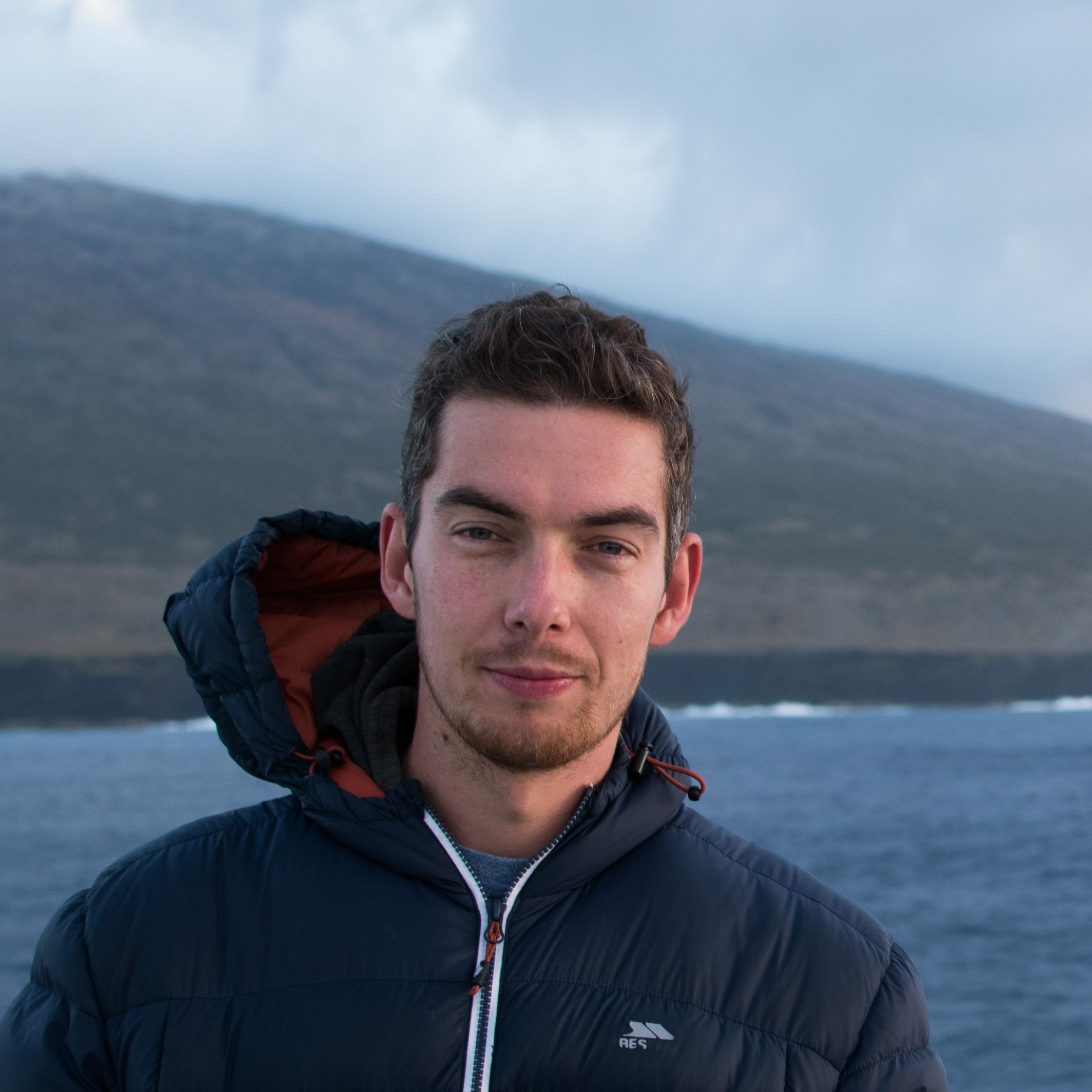
Current ACEAS Activities:
My current activities within ACEAS are twofold. Firstly, I am working on better understanding the response of the Southern Ocean and Antarctica to climatic changes during the early- to mid-Pliocene period. In particular, I am focused on the mid-Pliocene Warm Period (mPWP), from ~ 3.3 to 3.0 million years ago. During the mPWP, atmospheric CO2 concentrations varied between approximately 280-450 ppm, and global temperatures were at times 2-4 degrees warmer than pre-industrial times. This makes the mPWP a fantastic geological analog to projected 21st-century warming. Worryingly, the global sea level during the mPWP at times reached up to 15 metres higher than the present, suggesting significant melting of Antarctica ice sheets. My work focuses on identifying periods of ice mass loss from regions of East Antarctica that have been identified as potentially at risk of current warming.
The second theme of my research is to better understand the cycling of neodymium – a rare earth element – within the sediments and ocean around East Antarctica. The ratio of neodymium isotopes within marine sediments is widely used as a tracer for past changes in ocean circulation. This is because within the modern ocean different water masses possess unique neodymium isotopic signatures. However, uncertainty remains in exactly how marine sediments acquire their neodymium isotopic signature. To address this, I am examining the neodymium isotope signature of relatively recently deposited sediments within different sedimentary environments around East Antarctica.
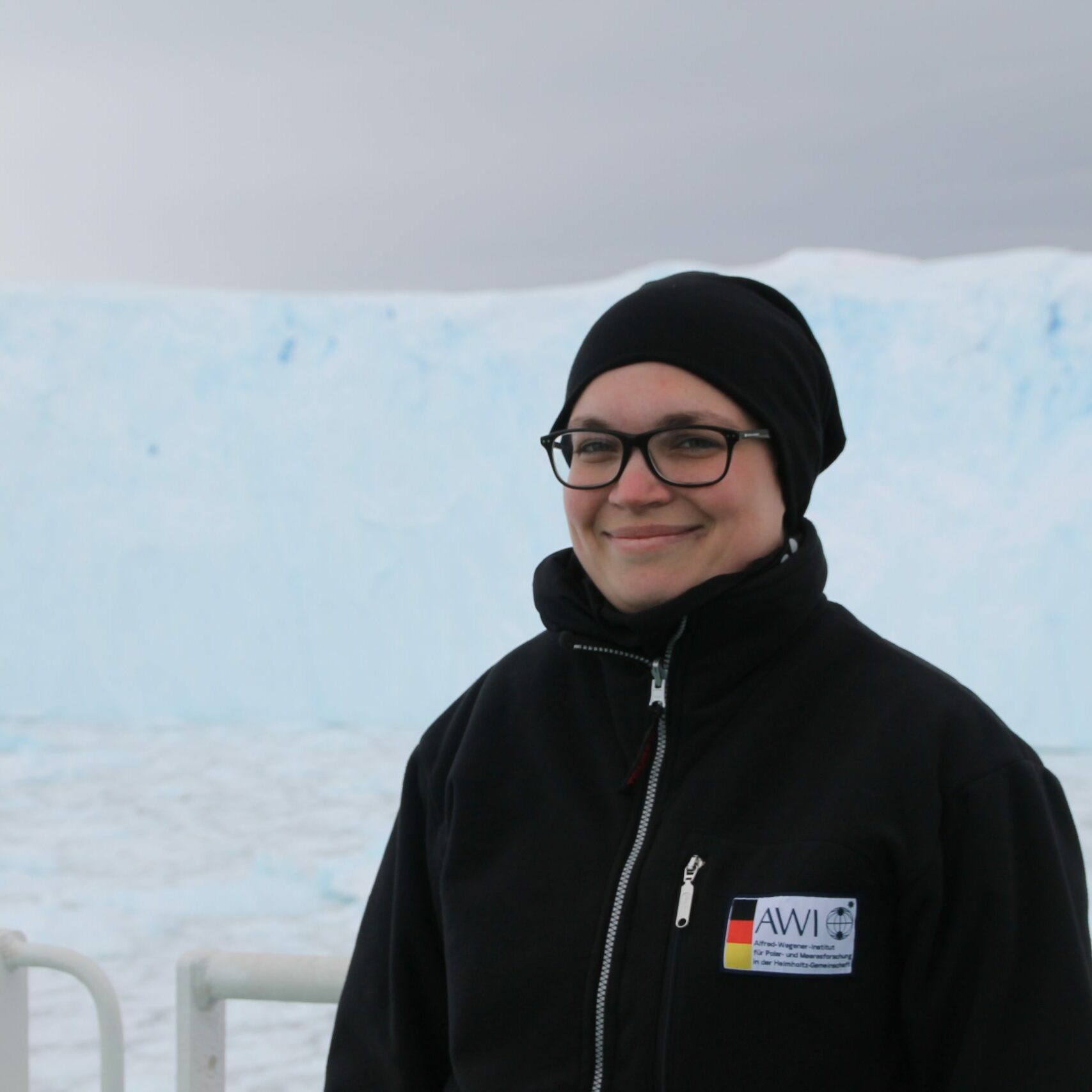
Katharina Hochmuth
Research Associate Tectonics and Ice Sheets
E: Katharina.Hochmuth@utas.edu.au
Social Links
Current ACEAS Activities:
The sedimentation offshore the Australian East Antarctic margin has been strongly influenced by the dynamics of the East Antarctic ice sheet as well as the tectonic remnants of the opening of the Southern Ocean and the separation between Australia and Antarctica.
As part of ACEAS, Katharina will focus on the reconstruction of sedimentation behaviour from various ice streams through time, revealing regional changes in the ice sheet and erosional dynamics and closely collaborates with other geologists, and geophysicists as well as the modelling community within ACEAS and beyond.
As part of the Denman glacier voyage, we hope to collect new datasets in this so far completely unsurveyed part of the continental shelf to work towards a better understanding of this vulnerable part of the East Antarctic ice sheet.

Current ACEAS Activities:
At ACEAS, I am focused on ecological processes and doing my best to bring together data and knowledge from other disciplines to improve ecological models. With ecological models, I am hoping to address key questions facing Southern Ocean ecosystems, primarily relating to the implications of climate change and fishing. I am developing size- and trait-based ecosystem modelling approaches for the Southern Ocean. I am attempting to integrate models with observational datasets collected across different spatial scales and spanning a vast range of taxonomic groups and trophic levels. These approaches will help us to understand how Southern Ocean ecosystems are responding to the rapid changes that are occurring.
I am very excited to be a part of the ACEAS research community. The truly multidisciplinary nature of ACEAS is an exciting proposition and contributing to the diverse research team is a privilege. Moreover, from my experience, multidisciplinary planning and transfer of knowledge leads to outcomes that are greater than the sum of the parts.
I aim to work closely with researchers collecting field-based data for important functional groups and distinct organisms in the Southern Ocean, to maximise the inclusion of data to improve model realism. This will hopefully include collaboration with researchers involved in data collection and production from satellites and Earth System Models, ARGO floats, all up to biological data collected from large marine mammals.
I am the co-coordinator of the ACEAS Working Group ‘Physics to Food Webs’. 'Physics to food webs' is an ACEAS (Australian Centre for Excellence in Antarctic Science) Working Group aiming to link researchers across disciplines to improve ecological modelling efforts for the Southern Ocean
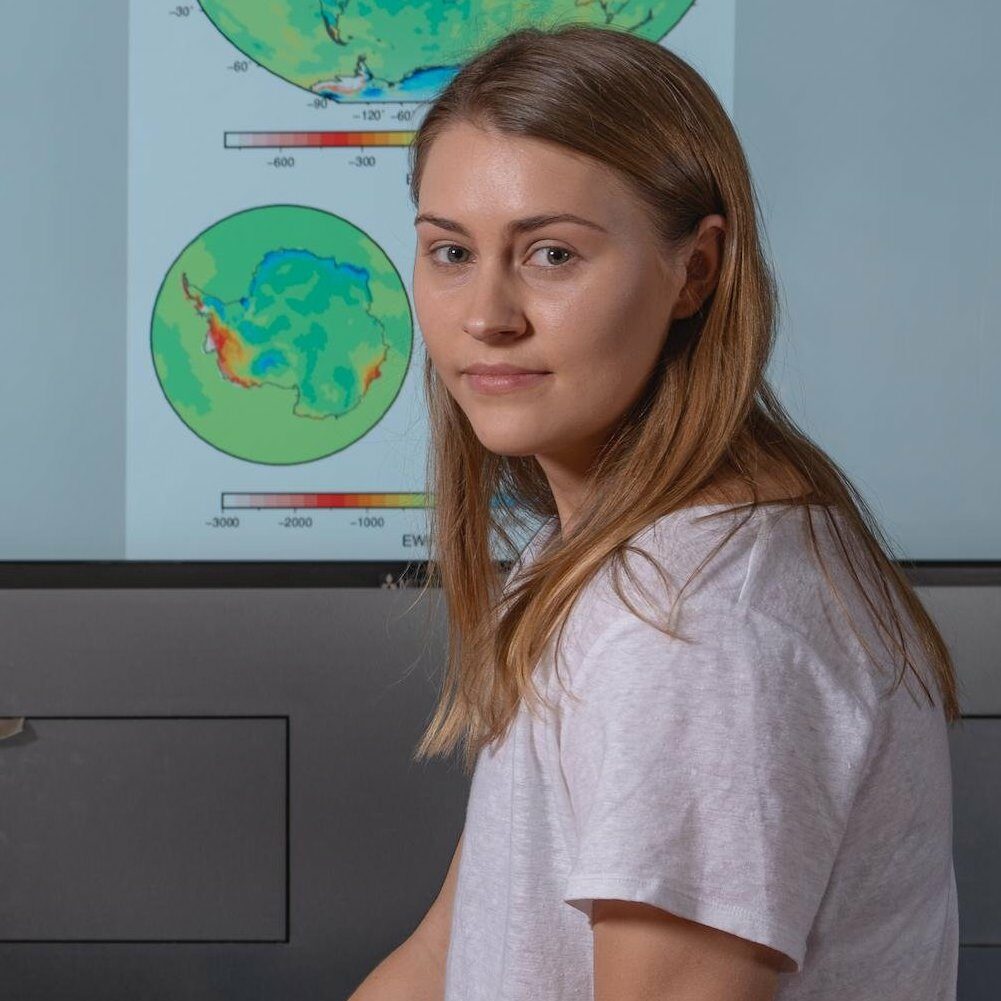
Rebecca McGirr
Research Associate Mass Balance (remote sensing, modelling)
Social Links
Current ACEAS Activities:
My role at ACEAS involves using space gravity data to measure the impacts of modern climate change on the mass of water stored as continental ice within the East Antarctic Ice Sheet. As part of ACEAS I will assess what spatial and temporal resolution of mass balance estimates can be achieved from current remote sensing data and how to best mitigate the impacts of glacial isostatic adjustment on mass balance estimates in polar regions. From these results, I will accurately estimate high spatio-temporal resolution changes in mass balance in East Antarctica and the associated contributions to global sea level over the past two decades
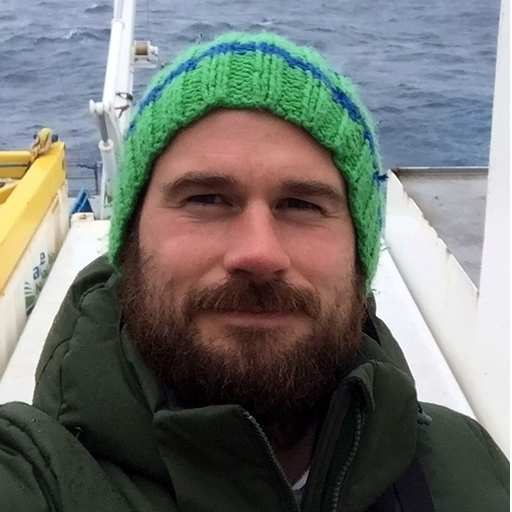
Current ACEAS Activities:
My role at ACEAS focuses on improving understanding and representation of the linkages between Southern Ocean biophysics, mid-trophic level prey, and predators. In tackling this, my role has two separate but complementary themes.
The first theme uses in-situ observations, obtained through animal biotelemetry (satellite loggers with onboard CTD sensors), to concurrently measure biophysical ocean properties, relative prey abundances, and changes in predator foraging behaviour. With these combined datasets, I aim to derive empirical links spanning environment – prey – predators and use these to generate understanding around how Southern Ocean biota might respond to fine-scale changes in their environment.
The second theme focuses on formalising trophic linkages through mechanistic modelling. Here I consider approaches for representing key Southern Ocean energy pathways through extending current general circulation and biogeochemical models to represent mid-trophic levels. In doing this, I have been implementing a modified ecosystem model (SEAPODYM) framework to represent a key Southern Ocean prey species – Antarctic krill. Through this work, I hope to extend my research to applied questions addressing sustainable species management under a changing climate.
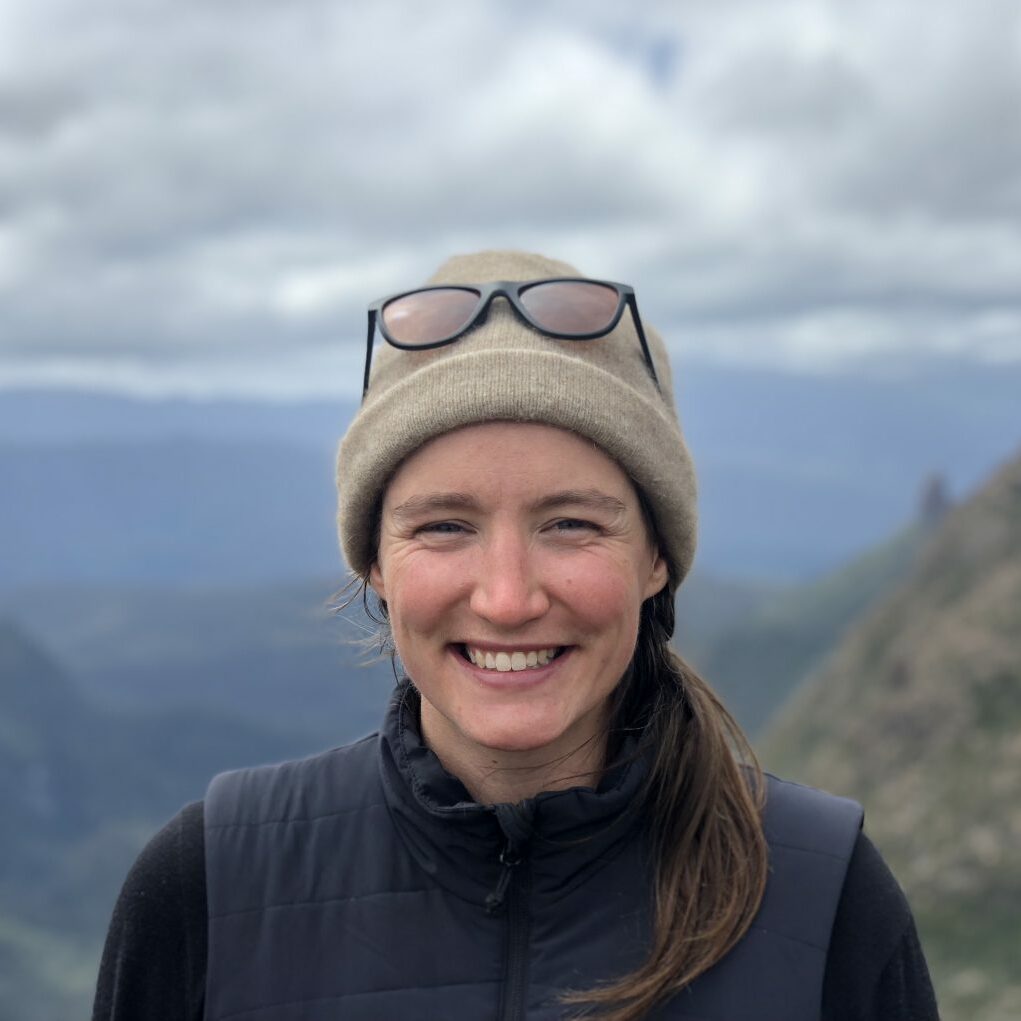
Madelaine Rosevear
Research Associate Ice-ocean interactions
E: madi.gamblerosevear@unimelb.edu.au
Social Links
Current ACEAS Activities:
As an ACEAS Postdoc I will be investigating the ocean processes responsible for melting Antarctic ice shelves using a modelling approach. The ability to accurately predict basal melting of Antarctic ice shelves is critical to future projections of ice sheet stability and sea level. However, due to the difficulty of accessing the ocean beneath ice shelves, which are hundreds of meters thick and hundreds of kilometers long and wide, the ocean environment beneath ice shelves is rarely observed and the ocean processes that govern heat transport to the ice remain poorly understood. I will use a high-resolution ocean model to target processes that are expected to drive elevated heat transport to the ice, such as internal wave activity, and quantify their effect on ice shelf basal melting. In collaboration with other ACEAS investigators, I will use new and existing results from my PhD work to develop and implement a new parameterisation for basal melting for use in large-scale Ocean/Climate models, to improve the accuracy of future climate and sea-level projections.

Current ACEAS Activities:
I’m currently consolidating possible in situ data collected in the Southern Ocean, such as ACE, SOLACE and SOTS. Based on which, I will explore the bio-optical properties of the Southern Ocean to get an overview.

Sandeep Mohapatra
Research Associate - Modes of Ocean Variability
E: Sandeep.mohapatra@utas.edu.au
Social Links
Current ACEAS Activities:
I am working on the ocean modes of variability of the global ocean with a major focus on the Southern Ocean and its footprint on the atmospheres and over land including Antarctica by using reanalysis products and coupled ocean-atmosphere simulations.

Current ACEAS Activities:
Focusing on the Southern Ocean (SO) Marginal Ice Zone (MIZ), my role will be to implement novel under-ice mapping techniques that can capture key sea-ice biophysical properties challenging to measure by any other means. The derived under-ice remote sensing products, to be linked with meaningful biogeochemical and ecological processes monitored by other ACEAS groups, aim to deliver datasets and tools cognisant of the temporal and spatial scales required by the ACEAS workforce and other partner organizations.
In particular, the technical component of the project involves designing means to deploy under-ice hyperspectral imaging and photogrammetric payloads that are mounted on Remotely Operated Vehicles (ROVs). Information on sea-ice sympagic communities (e.g., biomass and photophysiology) and structure will then be combined with surface products (e.g., from Unoccupied Aerial Systems (UASs) and other platforms) to deliver a multi-scale array of biophysical sea-ice data that can be assimilated with known information in the region.
Through the analysis of new and existing bio-optical under-ice data, the project ultimately envisions the delivery of new monitoring tools and algorithms that can provide support for modelling efforts and reveal complex biophysical processes under a changing Antarctic sea ice.

Current ACEAS Activities:
My current activities within ACEAS are to investigate Southern Ocean ventilation and water-mass formation, as well as the heat uptake and redistribution by Subantarctic Mode Water (SAMW) and Antarctic Intermediate Water (AAIW) in driving Southern Ocean warming. I have been looking at the formation and variability of SAMW and AAIW in the Southern Ocean, by reconciling their volume changes with formation mechanisms of subduction and water-mass transformation. I am currently working at investigating the ocean heat uptake and redistribution by SAMW and AAIW formation for understanding Southern Ocean warming, and more broadly, global warming.

Current ACEAS Activities:
At ACEAS, my goal is to understand how meltwater discharge events from the Greenland Ice Sheet affect the high latitude Southern Hemisphere Climate, in particular the Eastern Antarctic Ice Sheet. Freshwater discharge into the North Atlantic Ocean have the potential to greatly weaken, or even shut down, the main pathway by which the ocean transports heat poleward: the Atlantic Meridional Overturning Circulation (AMOC). Such change would have an impact in the global climate, cooling the Northern Hemisphere and affecting tropical rainfall patterns. Nonetheless, little is known about how AMOC weakening would affect the high latitude regions in the Southern Hemisphere. To accomplish this, I combine numerical experiments using climate models to evidence from past events in the Earth’s history as inferred from proxy data.
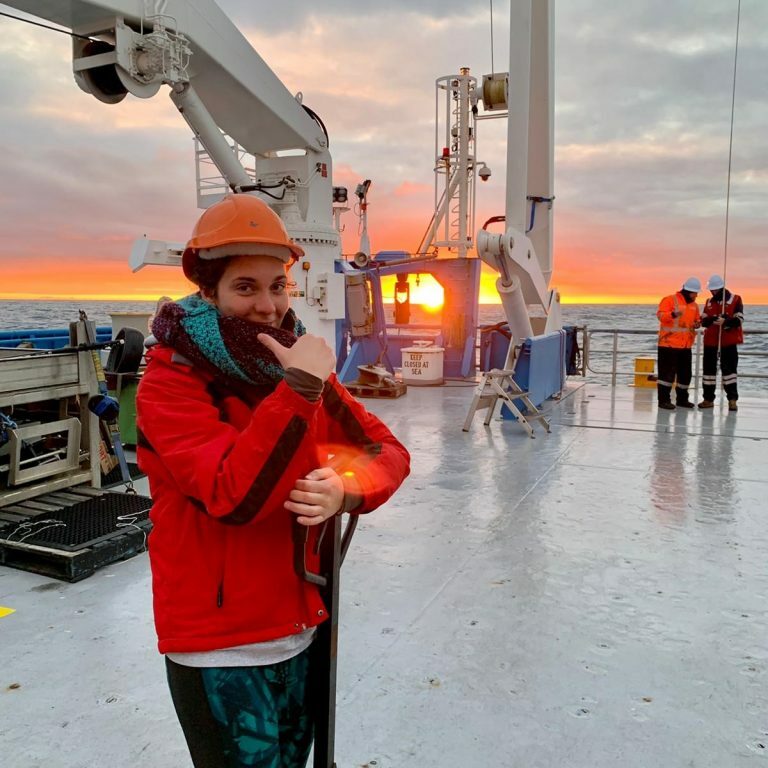
Pauline Latour
Reserach Associate - Ocean-ice Biogeochemistry
Social Links
Current ACEAS Activities:
As an ACEAS postdoc, I will investigate the role of trace metals originating from the cryosphere in stimulating surrounding primary productivity. Using a combination of field- and lab-based experiments, I will look at the cycle of sea ice trace metals in East Antarctica and study the impact of their speciation and limitation on phytoplankton physiology.
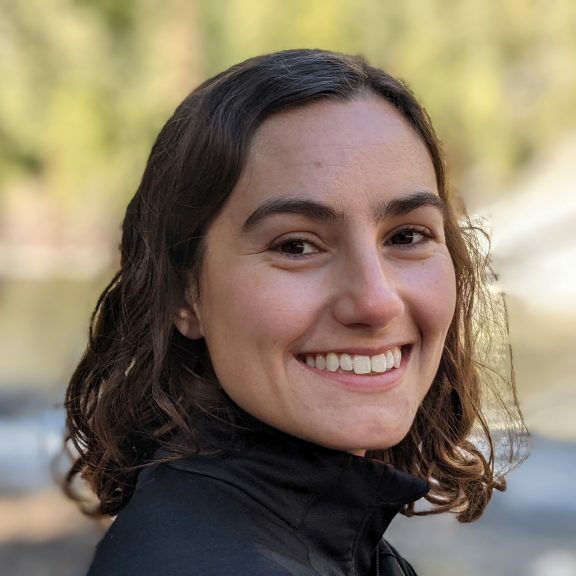
Tamara Schlosser
Research Associate - Marine Ecosystems Remote Sensing
E: tamara.schlosser@utas.edu.au
Social Links
Current ACEAS Activities:
As part of ACEAS, I am investigating the environmental drivers that control the onset of the Southern Ocean spring bloom. I work with biogeochemical Argo (BGC-Argo) float data from the Southern Ocean, in combination with other data streams (satellite, model outputs, reanalysis products), and one-dimensional turbulence modelling. By understanding how the Southern Ocean primary productivity is dependent on the physical environment, we can better predict future ecosystem changes and the resulting biogeochemical fluxes.
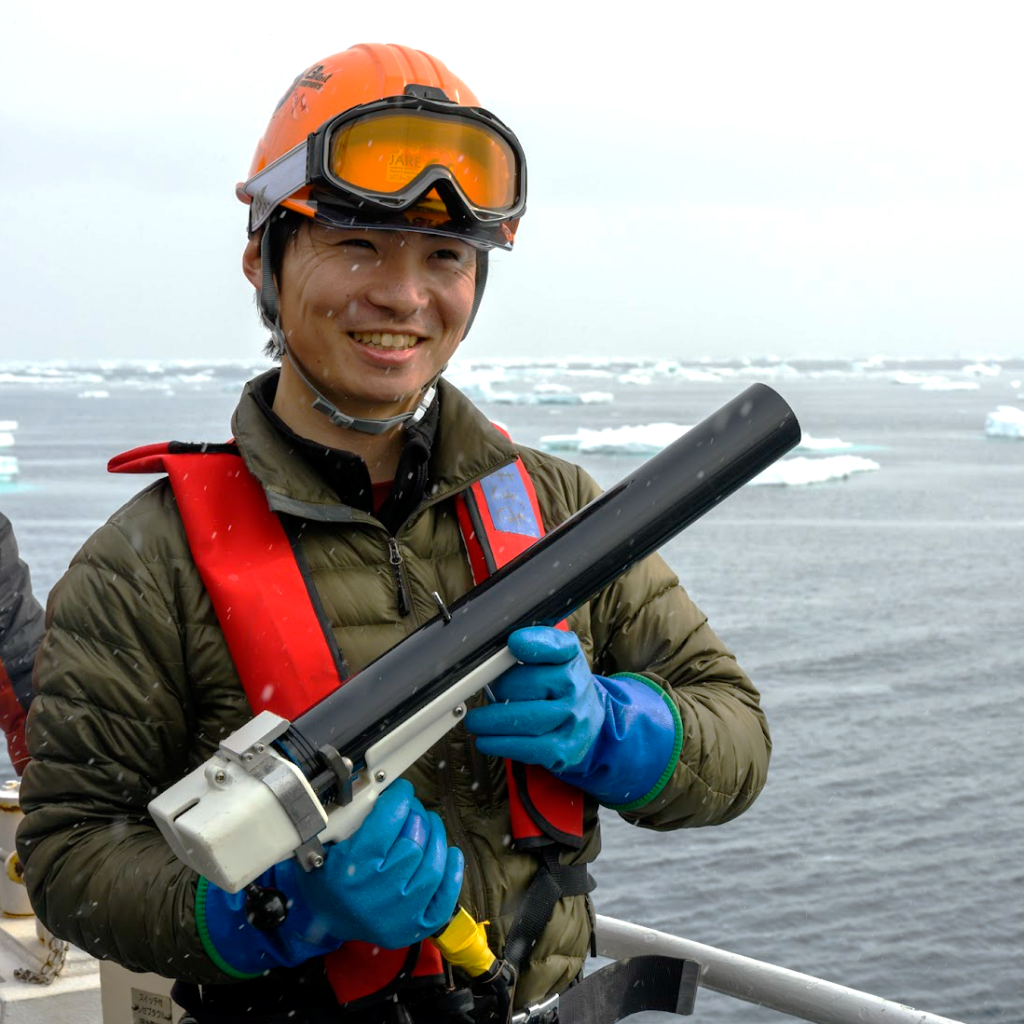
Current ACEAS Activities:
I will quantify the fine-scale structure of velocity and water mass properties across the Southern Ocean from existing observations to examine the processes that regulate heat, freshwater and other tracers across Southern Ocean fronts, with a particular emphasis on the East Antarctic margin. This work will include analysis of high-resolution model simulations (e.g. MITgcm and ACCESS-OM2-01) to test their ability to represent these processes. I will also participate in marine science voyage to the Denman Glacier.
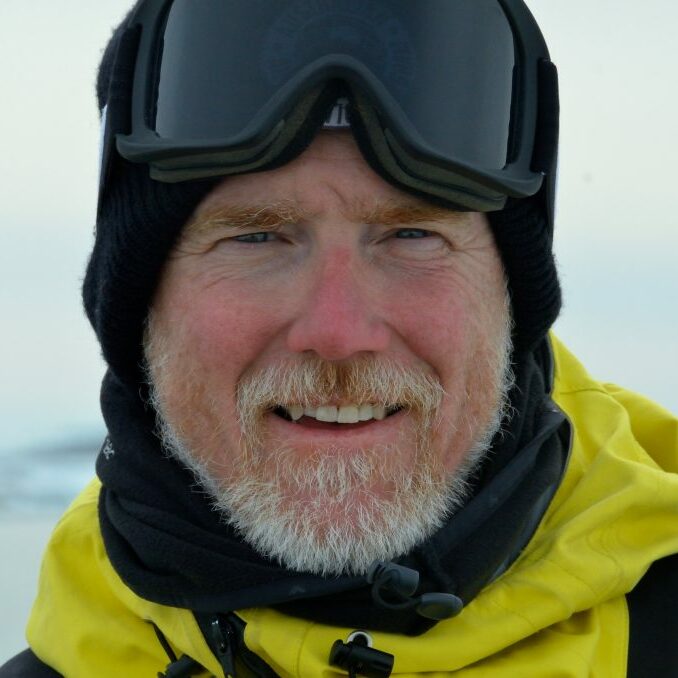
Current ACEAS Activities:
I study how Antarctica's response to the changing climate depends on solid Earth properties and processes. In my role at ACEAS, I investigate new ways to gain insight into how geology interacts with ice sheets and glaciers. Such insights are derived from geophysical and geological data using novel computational and statistical tools. Integrating data from satellites, airborne instruments, and seismology with qualitative observations in glaciology and geology provide technical as well as semantic challenges. Those challenges can be addressed with the broad expertise in ACEAS; multivariate questions call for interdisciplinary efforts.
I am based at the University of Tasmania School of Natural Sciences, Physics. In this environment, I have the opportunity to get inspired by colleagues using relevant and advanced analytical and computational tools to address similar problems in different settings.
Currently, I am working on instrumentation and field preparations to study the ice-bedrock interface as well as deeper structures. I am also developing new methods to study the large-scale tectonic configuration of the Antarctic interior and derive implications for subglacial heat and glacial isostatic adjustment.
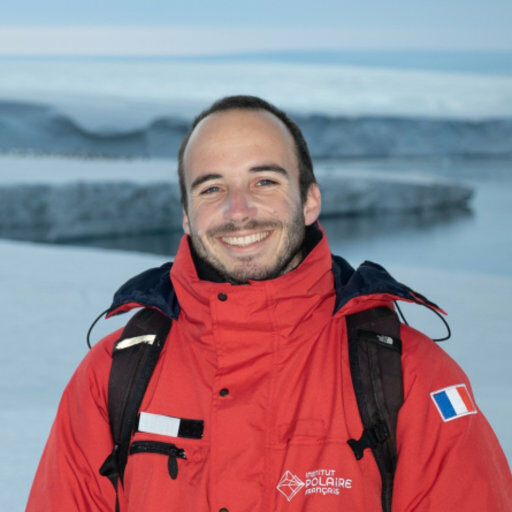
Current ACEAS Activities:
I am a postdoctoral research associate at UTAS working on Southern Ocean modelling with Dr. Paul Spence. A major part of my activities is to conceal ocean modelling and satellite altimetry observation to uncover physical processes in the subpolar Southern Ocean, such as Dense Water overflows or ocean-sea ice interactions.
I will also be involved in the development of regional Pan-Antarctic models and in-situ observations studies in the Southern Ocean.

Current ACEAS Activities:
I am currently investigating the carbon cycle in the Southern Ocean during the Miocene, the last time the atmospheric CO2 level is comparable to the present. I will use stable isotopes and trace elements of microfossils to reconstruct Southern Ocean seawater chemistry in the past. Based on these reconstructions, I will try to understand the feedback between CO2 and the Southern Ocean phytoplankton productivity in a warm climate. I hope this work can provide insights into responses of the Earth’s climate to future atmospheric CO2. I will also investigate modern Polar Southern Ocean biogeochemistry using samples from upcoming Antarctic research voyages.

Current ACEAS Activities:
Since joining the Australian Centre for Excellence in Antarctic Science (ACEAS) as a Research Associate in March 2023, my primary focus has been on investigating ice fabric evolution and developing reliable fabric models for large-scale ice sheet models. I am working on incorporating viscous anisotropy into ice sheet models, which is crucial for improving our understanding of ice flow behaviour and ice sheet dynamics.
In addition to my research, I actively collaborate with fellow ACEAS researchers to advance knowledge in Antarctic science and climate research. Together, we are working on addressing some of the most pressing questions related to Antarctic ice dynamics and the impacts of climate change.
As part of my role within ACEAS, I also dedicate time to developing and presenting research findings at conferences and workshops. This allows me to contribute to the wider scientific community and ensure that our research reaches a broader audience.
Moreover, I am committed to mentoring and collaborating with students and early-career researchers in the field of glaciology and ice dynamics. I believe that fostering the growth and development of the next generation of scientists is essential for the continued advancement of our understanding of Antarctic ice and its role in global climate systems.
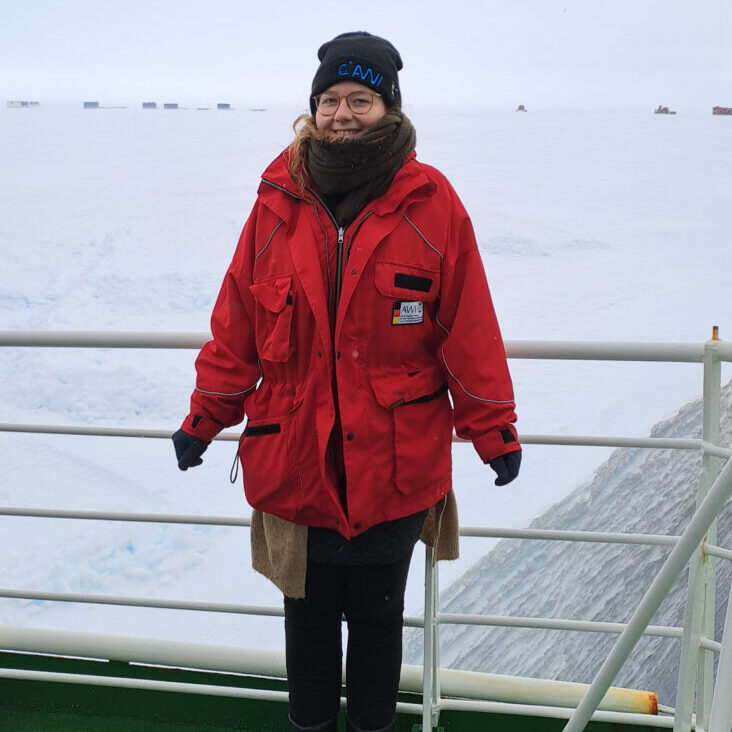
Current ACEAS Activities:
The sub-glacial geology of the Antarctic continent is of fundamental importance to understanding ice sheet dynamics. Topography, composition, and properties of the bedrock control how fast the ice sheet slides and interacts with the underlying terrain. Additionally, areas with high heat producing rocks can contribute to increased geothermal heat flow, leading to basal melt and affecting the overall stability and flow dynamics of the ice sheet.
Mareen’s research will focus on advancing our understanding of subglacial geology in the Wilkes Land area. Her aim is to provide new interpretations to characterise the ice sheet bed and constrain conditions that influence glacial processes.
To achieve this, she will analyze geophysical data including gravity, magnetic and radar data. This will potentially generate information on bed-characteristics, which in collaboration with ACEAS, can be linked to ice sheet and ocean science outcomes.

Taimoor Sohail
Research Associate - Thermodynamic Constraints on Changes in the Antarctic
Social Links
Current ACEAS Activities:
I am currently working on understanding how and where ocean heat reaches the Antarctic margins, and the flow-on effects on basal ice melting there. I apply data science tools, including unsupervised learning, to state-of-the-art ocean models to glean new insights into the processes driving heat transport in the Southern Ocean.

Current ACEAS Activities:
I am currently working as a researcher at ANU, as part of a team developing and validating a finite element model for simulating Antarctic Glacial Isostatic Adjustment (GIA) using Firedrake. GIA is the ongoing response of Earth's surface to changes in ice and water loading as Earth moves into and out of periods of glaciation. Antarctica is today still experiencing uplift in response to the reduction of the Antarctic Ice Sheet thousands of years ago. The present-day uplift rate and associated changes to Earth's gravity field mean that the satellite-based observational techniques used to quantify mass balance change are affected by GIA. Consequently, ice surface changes measured by satellite altimetry need to be corrected for uplift of the Antarctic bedrock, while mass changes derived from space gravity missions need to have the GIA gravity change signal removed. The latter is almost of the same magnitude as the present-day mass loss signal, so the GIA corrections are of immense significance.
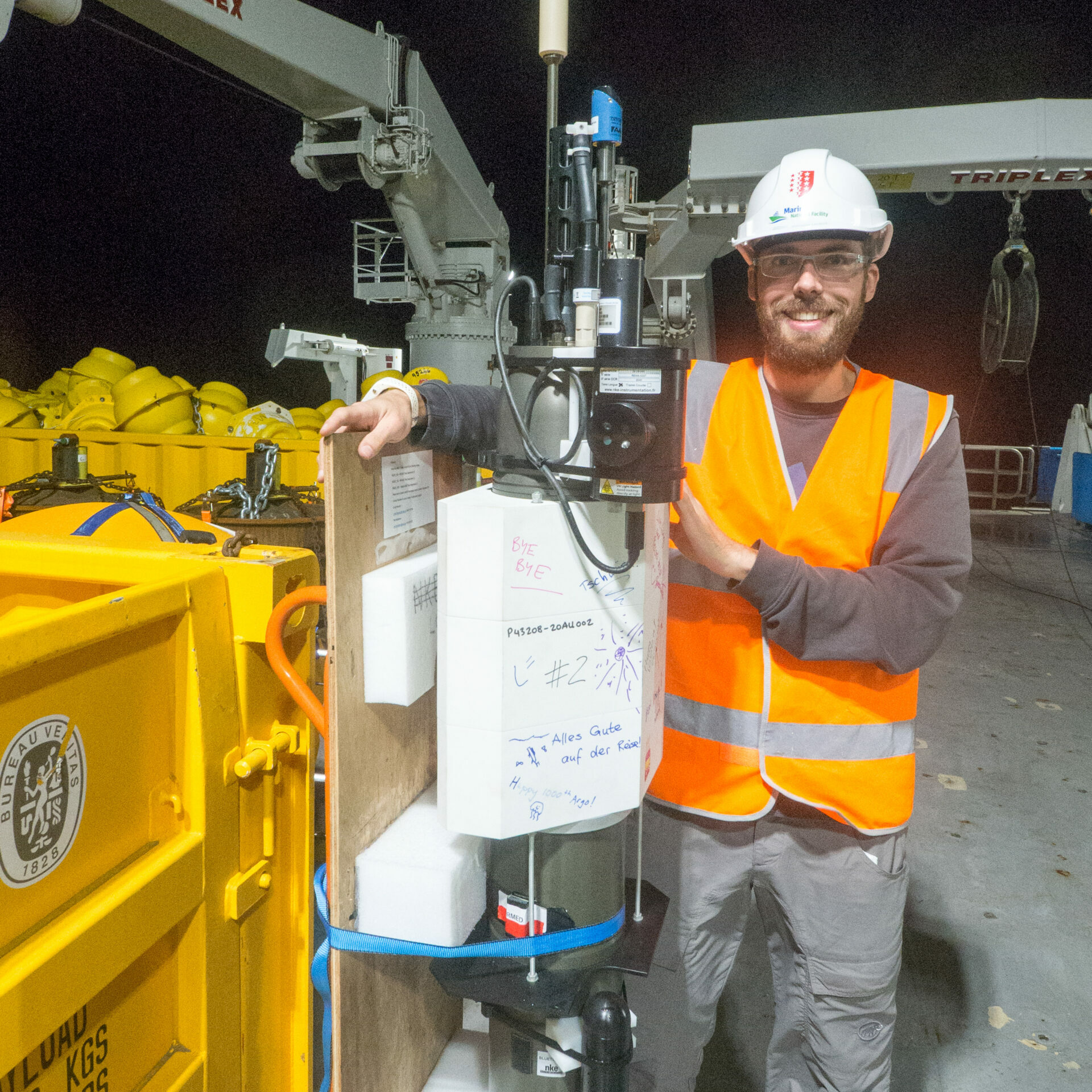
Maurice Huguenin
Research Associate - Coupled Ocean-Atmosphere-Ice Feedbacks at the Antarctic Margin
E: m.huguenin-virchaux@unsw.edu.au
Social Links
Current ACEAS Activities:
As part of my Postdoctoral research associate position, I will investigate the interactions between the atmosphere, sea ice and the ocean circulation around the Antarctic margin using high-resolution climate models.
I will perform perturbation simulations in both ocean-sea ice and coupled climate models to investigate the impact of interannual to decadal climate variability on subsurface shelf temperatures, formation of Dense Shelf Water and export of Antarctic Bottom Water.
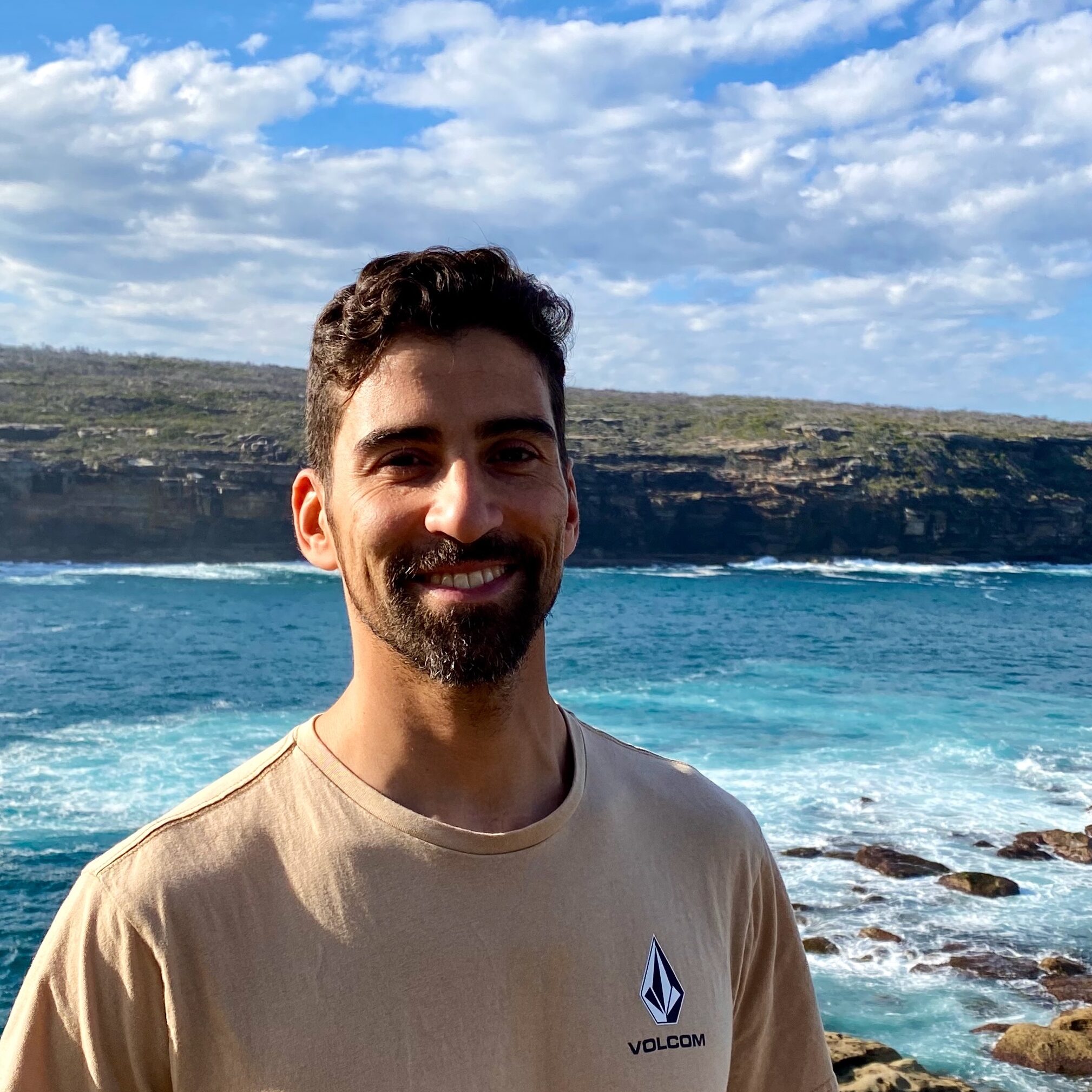
Current ACEAS Activities:
Fabio is a physical oceanographer and ocean modeller from Brazil with a PhD from the University of Tasmania. His main interests are in the ocean’s role in the climate system and the mechanisms influencing global sea level in a changing climate, with a particular interest in ocean heat transport processes associated with (1) ocean heat uptake and thermal expansion, and (2) ocean-ice shelf interactions and marine ice sheet instability around Antarctica. In his role at UNSW/ACEAS, he is looking into the mechanisms of cross-shelf heat transport and its impact on melting of the Antarctica ice shelves.
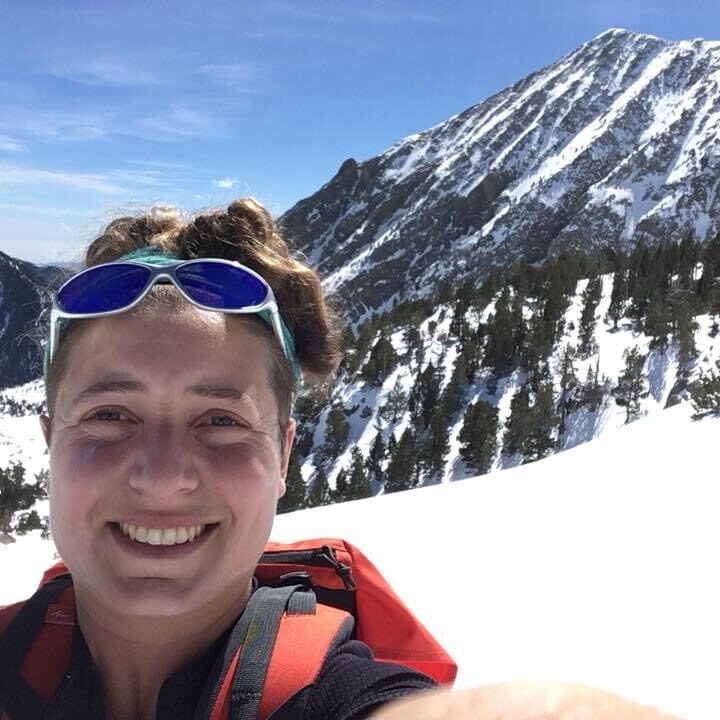
Maria Constanza Manassero
Research Associate Magnetotelluric Geophysics
E: maria.manassero@utas.edu.au
Social Links
Current ACEAS Activities:
One of the most pressing challenges of our time is understanding the rate of ice loss in Antarctica. Progress in this interdisciplinary knowledge helps accurate projections of sea-level rise and prepares the community for climate risk. Geophysicists can contribute to this knowledge by using surface observations to study the ice-solid Earth interaction. However, geophysical interpretations in Antarctica are limited due to the lack of data. In my postdoctoral role within the ACEAS initiative, I will be using field and computer-based methods applied to geophysical data in Eastern Antarctica. During the 2023/2024 Antarctic Expedition, we will first collect magnetotelluric (MT) and seismic data across (and around) Denman Glacier to expand the available data in the region.
MT measures electric and magnetic field variations and, through inversions, provides information on the electrical conductivity of the subsurface.
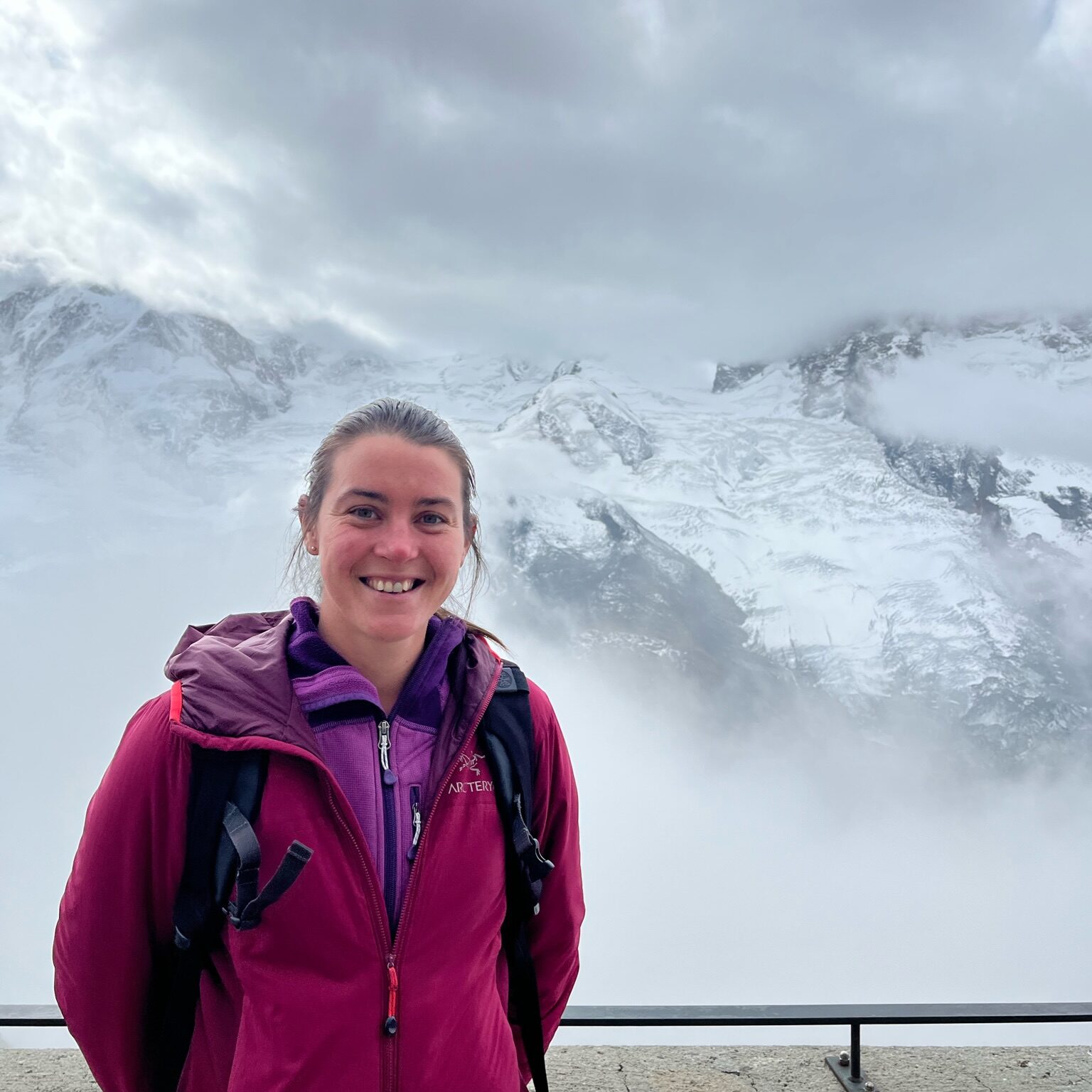
Current ACEAS Activities:
Reducing uncertainty in snowfall variability over the Antarctic ice sheet through improving our understanding of the influence of extreme weather events in the past, present and future.
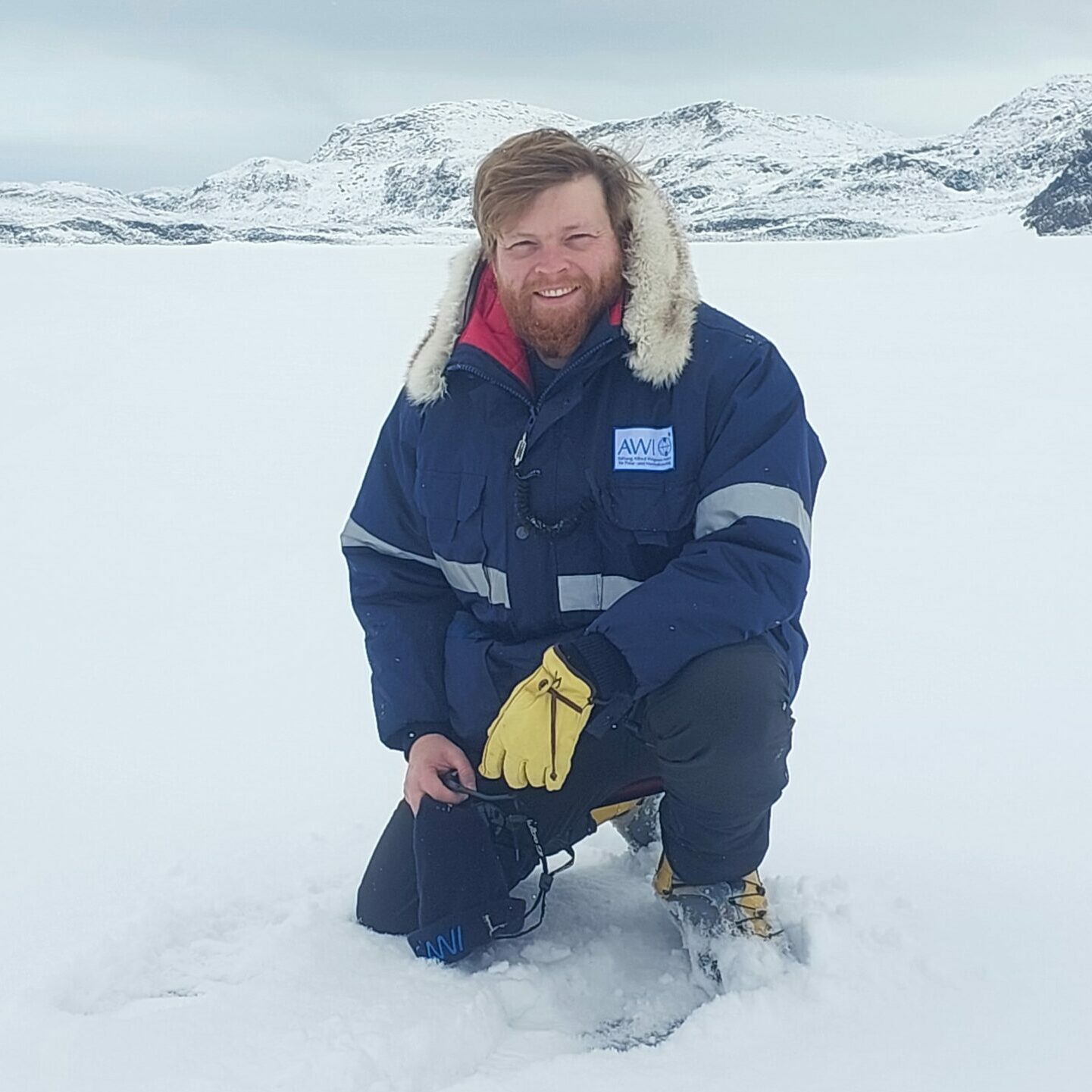
Matthew Jeromson
Research Associate Paleo-Ice Sheet History
E: matt.jeromson@canberra.edu.au
Social Links
Current ACEAS Activities:
The primary aim of my project with ACEAS is to understand the Holocene timing of circumpolar deep water incursions in the Denman region, both onto the continental shelf generally and into the Shackleton Ice Shelf cavity. I will apply established geochemical proxy methods to sediment cores from both the open water and sub ice shelf environments. In doing this, we can better assess the drivers of ice sheet change and historical shifts in ocean conditions within the Denman Region.
Additionally, I will be conducting further research into the development of 10Be as a geochemical palaeoceanographic proxy, utilising both water and sediment samples.

Current ACEAS Activities:
My research at ANU aims to understand two main processes: The ocean heat transport in the Southern Ocean towards the ice shelves and the ocean model constraints to form Antarctic Bottom Waters realistically. Answering these questions requires high-resolution ocean simulations, my primary research tool.
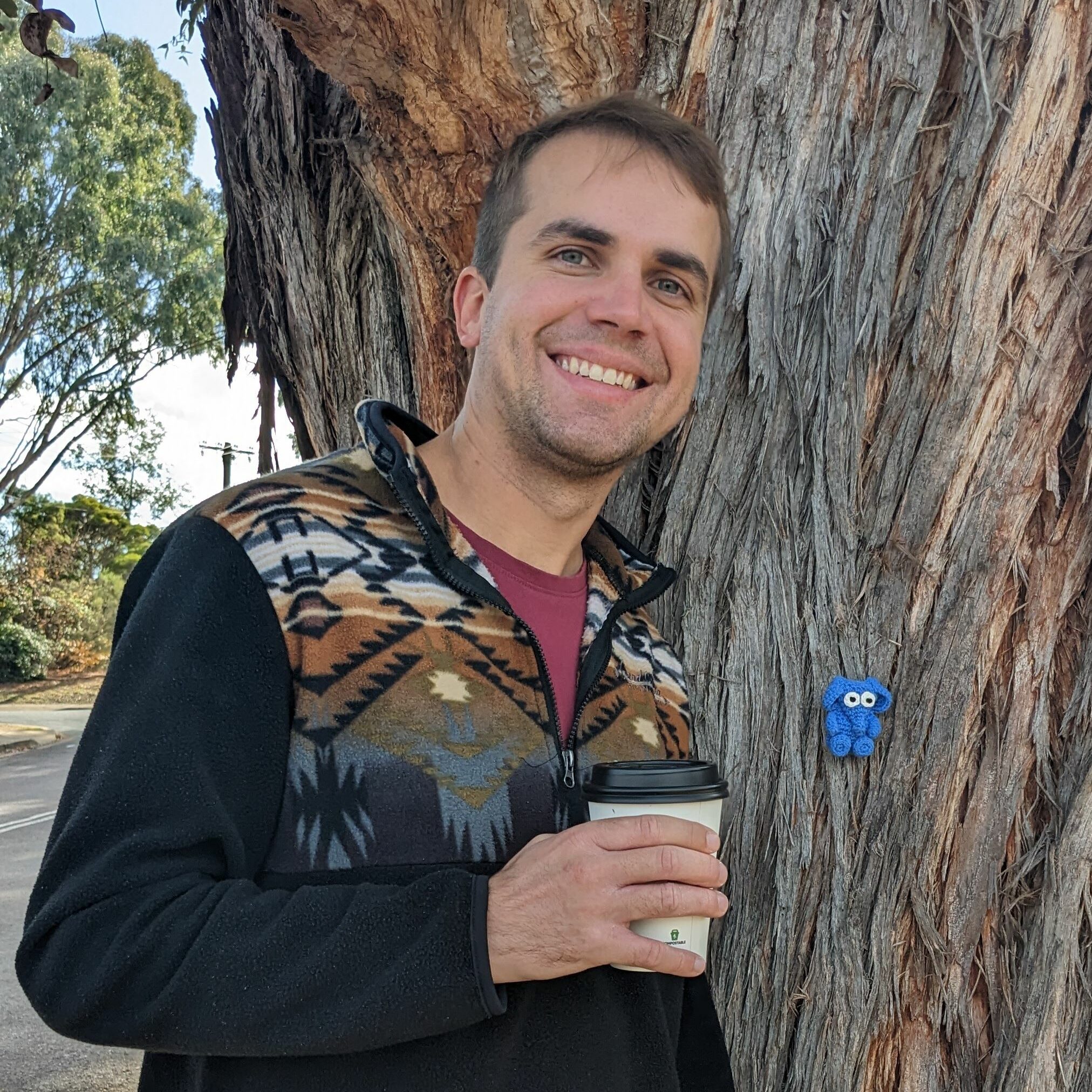
Matthias Scheiter
Research Associate Ice Sheet Modelling and Data Science
E: matthias.scheiter@utas.edu.au
Social Links
Current ACEAS Activities:
The goal of my project at ACEAS is to improve estimates of sea level contributions from the East Antarctic Ice Sheet through techniques from ice sheet modelling and data science. One particular focus is to work towards better calibration of the ice sheet model, i.e. its reconstruction of the present state as given by observations. Based on that, the model can be run into the future to predict mass loss under climate scenarios and subsequent sea level contribution. The incorporation of advanced statistical techniques such as deep learning and Bayesian inference into the ice sheet modelling workflow will help to better-quantify and reduce uncertainties associated with these projections.
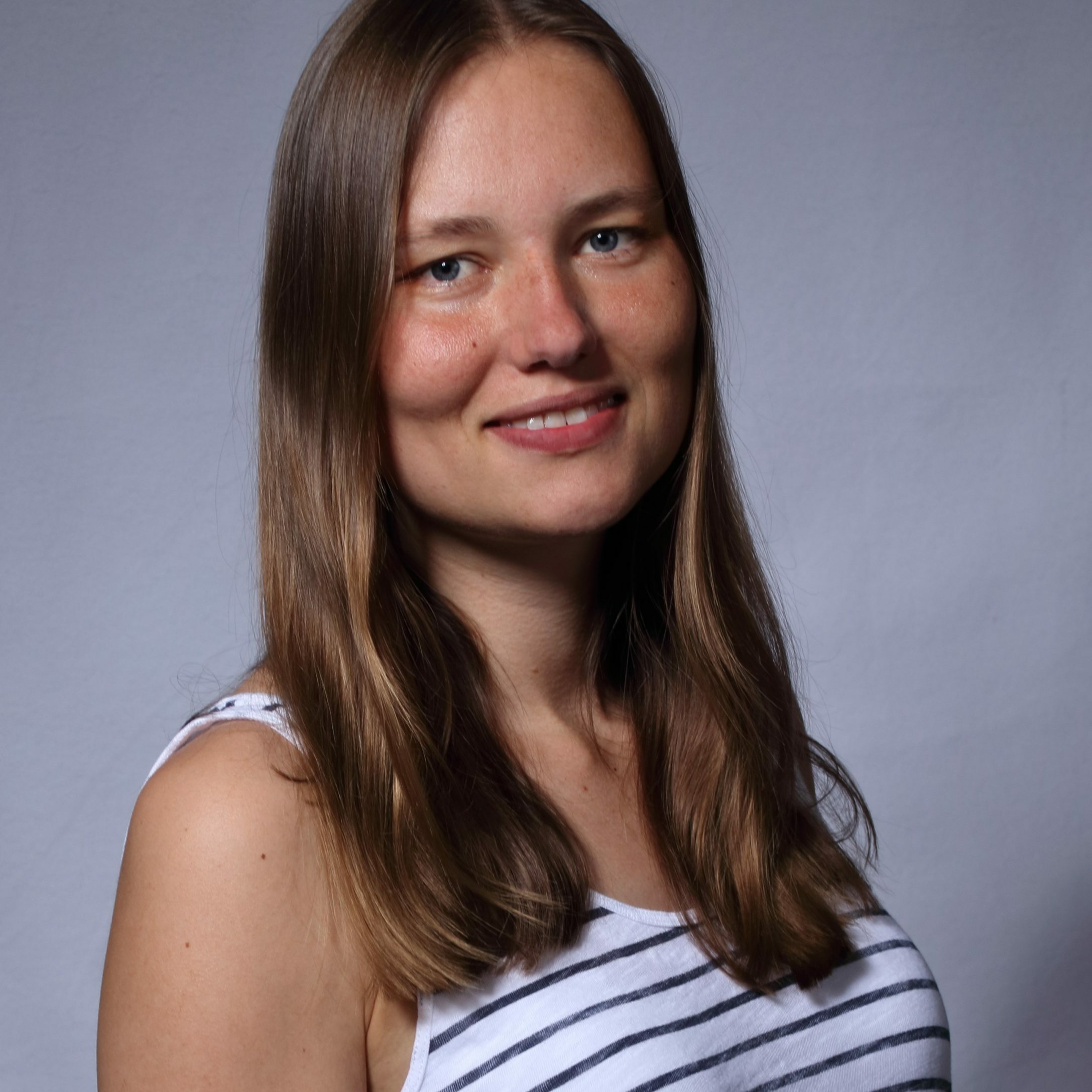
Antarctic Bottom Water formation and dynamics in a changing climate
Program 1: Circum Antarctic and East Antarctic
My PhD project focuses on Antarctic Bottom Water (AABW) formation and dynamics in a changing climate. This water mass is a major component of the ocean’s meridional overturning circulation, redistributing heat, salt, nutrients, and carbon globally. AABW is mostly produced in coastal polynyas around the Antarctic continent and spreads northward in the abyssal layer, but most global ocean and climate models are not simulating this process correctly and instead form AABW via open-ocean convection. There are also no long-term observations of AABW formation on the Antarctic shelf due to the challenging environment, especially in winter. I am analysing the formation and export of AABW in the ocean–sea-ice model ACCESS-OM2-01 with a global horizontal resolution of 0.1° where the formation of AABW is accurately represented. In my first PhD project, I focus on the interannual variability of AABW formation and export and its sensitivity to atmospheric forcing and sea ice to advance our understanding of the mechanisms controlling the interannual variability of AABW formation.
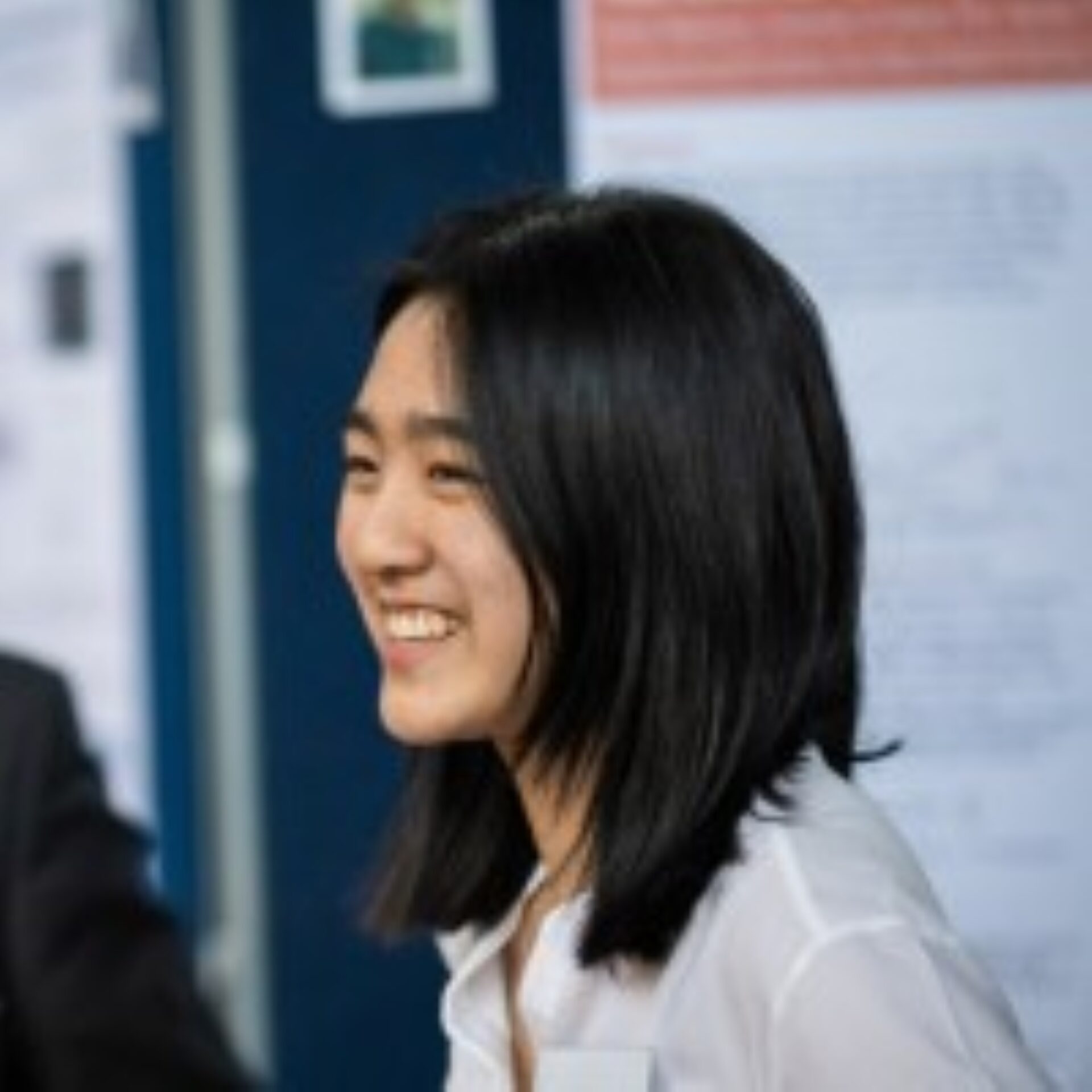
The Dynamics of the Antarctic Slope Front
Program 1: Circum Antarctic and East Antarctic / Program 3: Sub-regional and Regional Antarctic Margins
Ellie’s Ph.D. project utilises idealised models of the Antarctic Slope Front regimes to represent the key ocean dynamics of the Antarctic margin. The project aims to understand how topography, in the form of canyons and cavities, as well as wind and buoyancy forcings can influence heat transport onto the Antarctic continental shelf., which has implications on basal melt at the Antarctic Margin. Most geographical sections of the ocean around the Antarctic margin can be classified into the Antarctic Slope Front regimes. Hence, the study of the circulation, variability and forcings in these regimes are relevant to many sections of the Antarctic margin and the research of ACEAS.
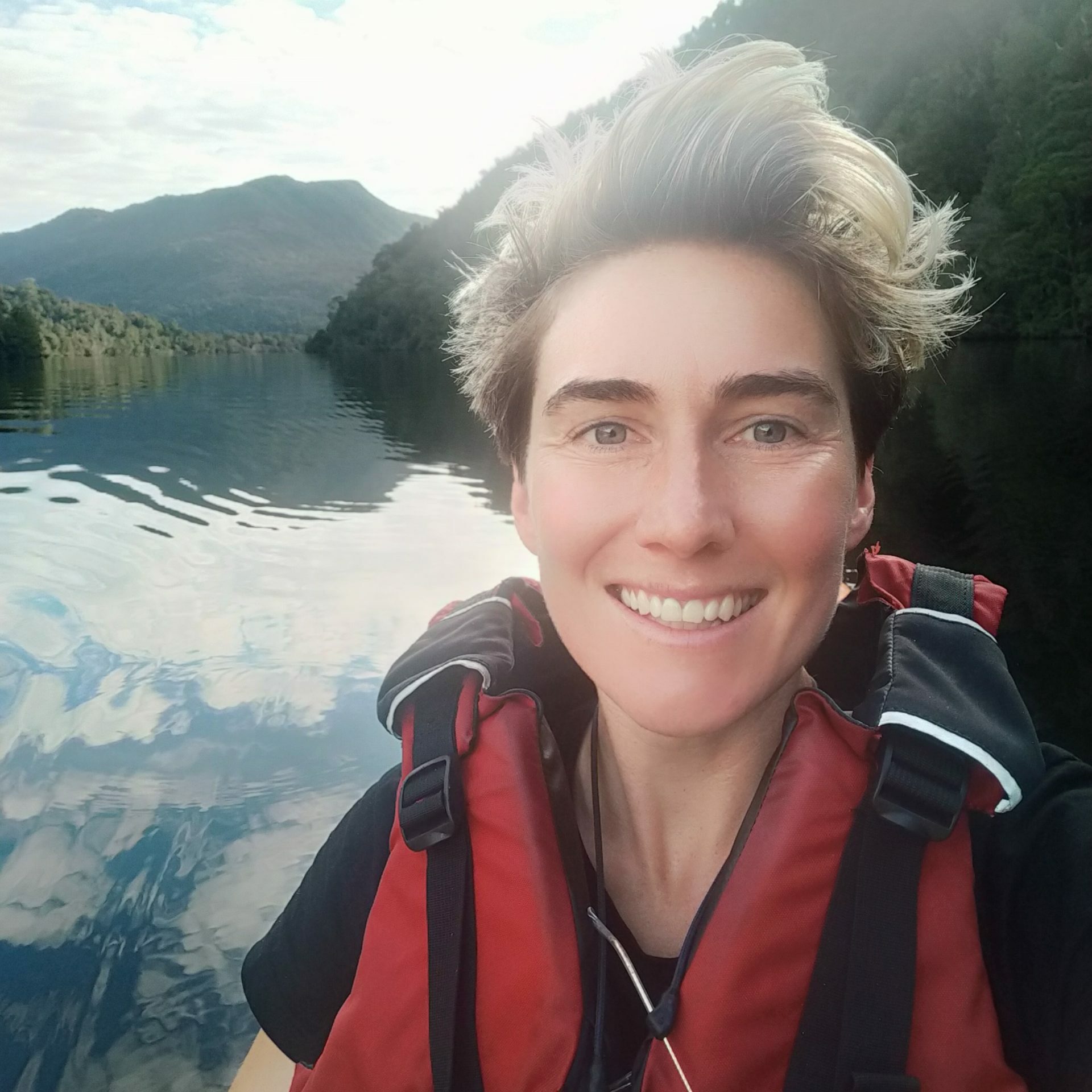
Southern Ocean phytoplankton calcification
Program 1: Circum Antarctic and East Antarctic
This project will investigate the relevance of calcifying phytoplankton on contemporary and future carbon cycling in the Great Calcite Belt. It will utilise satellite and BioGeoChemical-Argo (BGC-Argo) profiling float data to map regional imprints of calcifying phytoplankton on nutrient and carbon stoichiometry. It will further use laboratory incubations to assess the influence of calcifying phytoplankton on retention (as opposed to deep sequestration) of carbon and alkalinity in the surface with the goal to generate a mechanistic understanding of retention-versus-export processes. The project will also generate flow cytometric and/or microscopic datasets of phytoplankton communities from the sub-Antarctic during ship voyages to ground-truth characterisations of the phytoplankton community derived from BGC-Argo and satellite data. This project ties into Project 1 of ACEAS - determining the CO2 uptake capacity of the sub-Antarctic Southern Ocean with the use of BGC-Argo and satellite observations .
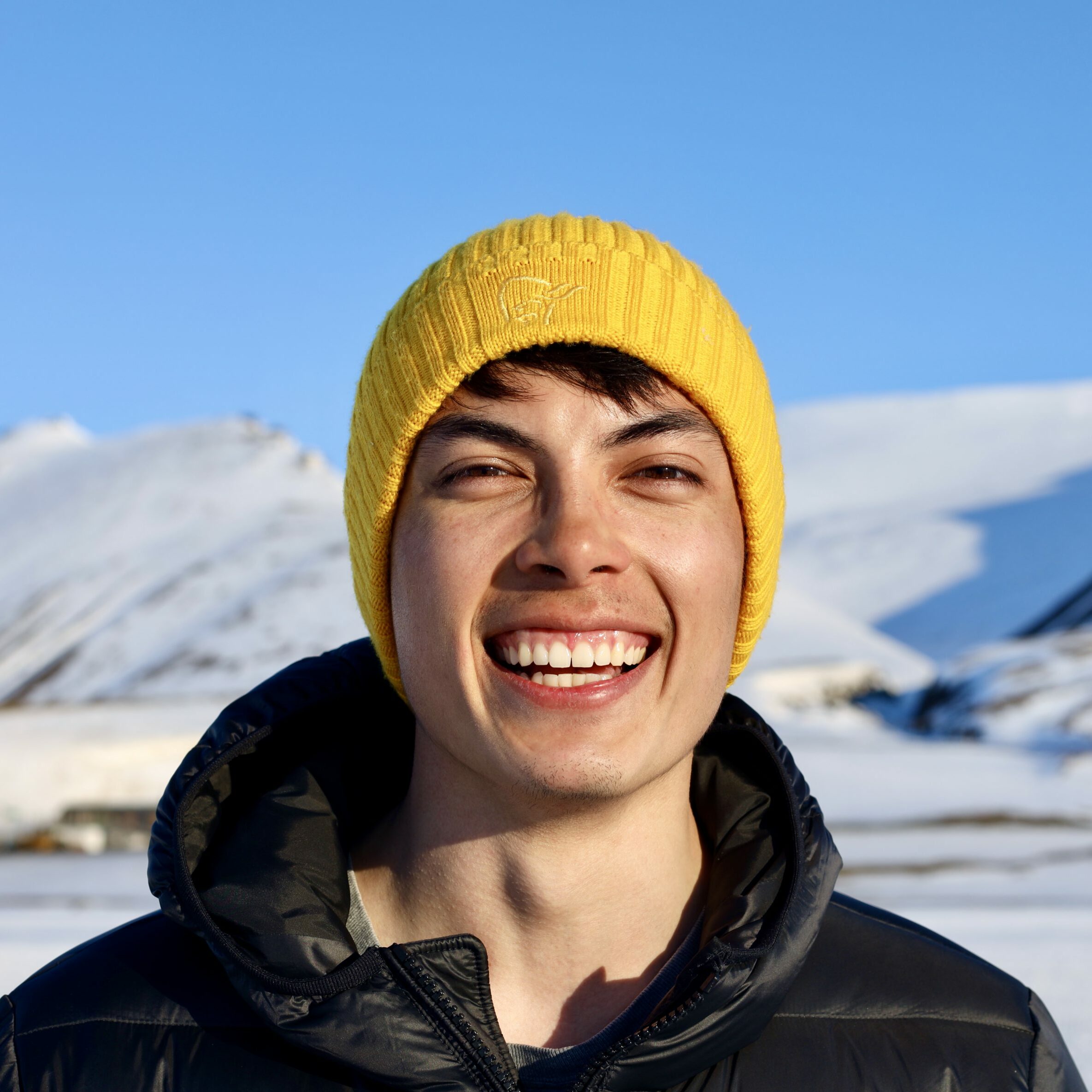
The Ice-Rock Interface Beneath the Great Ice Sheets of East Antarctica Using Seismic Waveforms
Program 1: Circum Antarctic and East Antarctic / Program 3: Sub-regional and Regional Antarctic Margins
My research works toward modifying and developing a computational workflow to model seismic waves propagating through the ice-bedrock interface in the Antarctic environment. By doing so, I aim to better constrain the sensitivity of these structures and features to seismic signals and therefore help predict the expected data return from seismic surveys within the Antarctic interior. My project particularly focuses on the Aurora Basin and Knox Coast region of East Antarctica, where current geophysical observations are sparse and little is known within the deep subglacial basins. My research output will aim to inform upcoming field campaigns within the Denman-Scott area, optimizing the placement of new passive seismic instruments to monitor cryoseismic signals and map the subsurface structures.

How the complexity of continental breakup controls ocean circulation
Program 1: Circum Antarctic and East Antarctic / Program 3: Sub-regional and Regional Antarctic Margins
With continents breaking apart or colliding, some seaways between different major ocean basins would open or close to control global ocean circulation. Especially, the opening of polar seaways like Tasmania gateway and the Drake Passage during the past 30-50 million years not only change polar ocean circulations, but also are proposed to potentially link to the onset or expansion of glaciation in the Antarctic. Previous studies have addressed the impacts of gateway opening on ocean circulation from regional to global scales. These model simulations typically compare a completely closed seaway with an open one to investigate the role of the gateway in triggering the onset of ocean currents such as Antarctic Circumpolar Current and Meridional Overturning Circulation. To test the sensitivity of ocean current pattern to gateway parameters such as depth and latitude relative to wind bands. We will conduct sensitivity tests using eddy-permitting models with paleo-bathymetry to ensure a state-of-the-art representation of ocean dynamics. The results of these tests will have the potential to enable us to re-interpret empirical observations of oceanographic flow through the ocean gateway.

The Origin and Fate of Subantarctic Mode Water and Antarctic Intermediate Water in the Southern Ocean
Program 1: Circum Antarctic and East Antarctic
I am interested in contributing to the ACEAS research program to continue and hopefully extend the projects described above, in particular, to better understand how Subantarctic Mode Water and Antarctic Intermediate Water absorb and store heat into the Southern Ocean. Specifically, I am interested in contributing to research that improves our understanding of how the increased ocean heat uptake is distributed by basin and across water masses, and the related processes at play, such as vertical heat transport via submesoscale / small mesoscale ocean dynamics. These projects will contribute to the ‘Heat and Circulation (2, 3)’ and ‘Detection and Attribution (4)’of Program 1 at ACEAS.

Non-linear controls on ocean circulation and mixing in marginal ice zones
Program 1: Circum Antarctic and East Antarctic
The overturning circulation of the Southern Ocean is a critical aspect of global climate through its dominant role in air-sea heat and carbon exchange. It has been suggested that non-linear processes control the mixing between deep and surface water to generate intermediate water in the Southern Ocean. In this project I will investigate how non-linear mixing processes influence the water mass properties of the marginal ice zone and how they impact the upwelling of deep waters in the Southern Ocean. I will exploit both in-situ observations and both simple theoretical and numerical models. Fundamental understanding gained will be used in conjunction with global climate models to quantify the sensitivity of this system in a changing climate.
This work is part of project 1, specifically trying to address the role of heat and circulation in the circum and East Antarctic.

Glacier change detection using seismology and machine learning
Program 1: Circum Antarctic and East Antarctic / Program 3: Sub-regional and Regional Antarctic Margins
Water at the ice-bedrock interface is a key control on glacier basal motion and subsequently ice sheet mass balance. However, key hydrological processes affecting this interface can be transient or hidden from view, so difficult to detect through satellite or direct observation. The primary goal of my research is to further develop passive seismic techniques for the continuous monitoring of active glaciers. A focus of the research will subsequently be on those hydrological processes that can both generate seismic signals, and influence ice sheet stability.
To achieve these goals and make passive seismology a viable method for characterising glacial hydrology, a variety of modern and innovative techniques from seismology, computational fluid dynamics, and machine learning will be utilised. This also leaves the potential for developed methodology to be extended to more general problems in environmental seismology. We first aim to model the flow of subglacial water using computational fluid models, such as smoothed particle hydrodynamics, and then use classical seismological methods to model the resultant surface expression. We then aim to use insights from these modelling methods to classify observational data according to the causal mechanism, with unsupervised machine learning playing a key role in this analysis.
This research primarily aligns with the goals of ACEAS Program 1 (Circum Antarctic and East Antarctic), in which Professor Reading is co-lead. It is particularly concerned with the focus areas of Sea Level and Detection and Attribution. The work also has links with Program 3 (Sub-regional and Regional Antarctic Margins). As a part of this work, I am linked with the ‘Sub-ice continent’ working group.
Radiolarian contributions to the Southern Ocean silica cycle and a modern appraisal of palaeo-proxy use in the fossil record
Program 2: Regional East Antarctic and its Provinces
The aims of my PhD project are to expand our knowledge regarding modern Southern Ocean radiolarian assemblages and to use the radiolarian record found in deep sea ocean sediment cores as the primary proxy to reconstruct palaeoceanographic parameters in the Sabrina Coast region, East Antarctica.
I have compiled a surface sediment radiolarian dataset for the Southern Ocean and am using this data to quantify radiolarian diversity and richness and exploring how we can utilise this in future palaeoceanographic work, and categorising modern radiolarian assemblages into biogeographic provinces and trying to determine the taxonomic differences, and environmental factors, responsible for province partitions.
This knowledge will then be applied to the radiolarian record found in sediment cores retrieved from the Sabrina Coast shelf and slope environments to investigate the viability of producing radiolarian-based palaeotemperature estimates from cores so near the Antarctic continent and to reconstruct water mass movement on the Sabrina Coast slope and shelf throughout the Holocene.

Improve the resolution of Antarctic ice sheet mass balance
Program 1: Circum Antarctic and East Antarctic / Program 3: Sub-regional and Regional Antarctic Margins
My research aim is to improve the resolution of ice sheet mass balance estimates in the Antarctic. The project focuses on the gravity method, which estimates mass variation using the measurement from the Gravity Recovery and Climate Experiment missions (GRAEE and GRACE-FO). The GRACE and GRACE-FO missions allow direct measurements of monthly gravity variation induced by changes in ice sheet mass. However, the spatial resolution of this method is not good enough to show the real regional mass change, especially for regions that experience high mass variation or near the coast. To overcome this limitation, I will try to utilise ice height measurement from satellite altimetry, which has a higher spatial resolution, in the gravity method. This project will focus on regions with high mass change, such as East Antarctic. I will also investigate the regional mass variation of the Totten Glacier and Denman region.
These high-resolution mass balance estimates align with programs 1 and 3 of ACEAS, as they allow a better understanding, detection and attribution to improve sea level projection.

Deep Earth Controls on Glacial Isostatic Adjustment in East Antarctica: Probing Remote Worlds using Seismic Signals
Program 1: Circum Antarctic and East Antarctic
Currently, East Antarctica contains a sparse distribution of isolated seismic recording stations, and much of East Antarctica has not been thoroughly explored using seismic signals. This makes it a challenge to constrain the material properties of the deep Earth beneath East Antarctica. Accurate models of glacial isostatic adjustment require knowledge of the structure and properties of the crust and upper mantle. My research aims to develop a new methodology for the use of seismic signals from isolated stations in order to constrain the material properties of the deep Earth beneath East Antarctica, focusing on stochastic inversion techniques. The outputs from this research will help to constrain predictions from models of glacial isostatic adjustment and ultimately improve future sea level projections.

The composition and evolution of diatoms around Antarctica inferred from marine sedimentary ancient DNA
Program 3: Sub-regional and Regional Antarctic Margins
My project focuses on the reconstruction of diatom communities using sedaDNA from Antarctica. Through my study I hope to generate significant new knowledge about the response of Antarctica’s most important marine primary producers to past environmental change, leading to improved predictions about their future adaptation to the ongoing climate change, ultimately guiding ecosystem models and conservation efforts for Antarctica.
Hence, I believe my Ph.D. research aligns well with the activities planned by the Paleo-Reconstructions Working Group within Program 3 (Sub-regional and Regional Antarctic Margin) of ACEAS
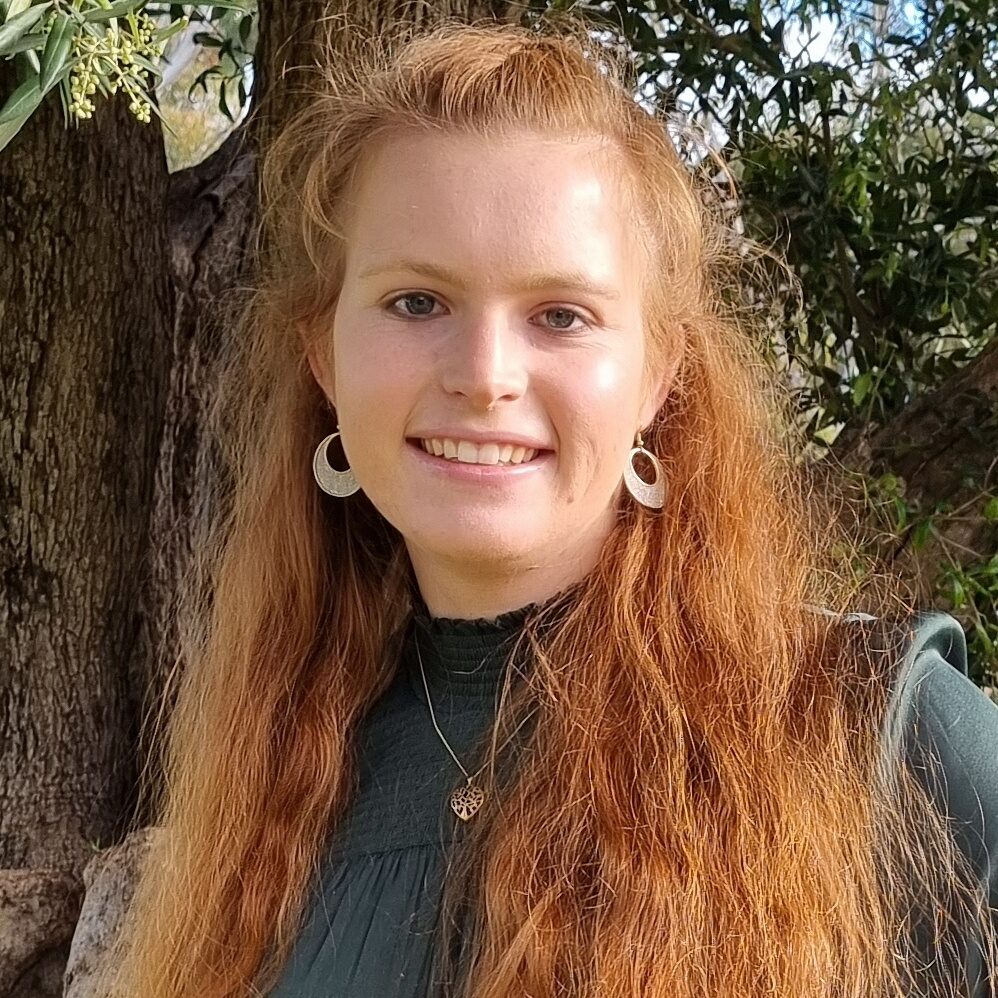
Antarctic Krill sedaDNA: Probing ancient Antarctic krill populations
Program 3: Sub-regional and Regional Antarctic Margins
Antarctic krill are a keystone species in the Antarctic marine ecosystem which is being threatened by climate change and commercial fisheries. My research aims to explore the population dynamics of Antarctic krill in the past through the use of sedimentary ancient DNA. This includes their abundance and distribution within the Antarctic marine ecosystem. The ability to study and begin understanding the population dynamics of Antarctic krill to past environmental changes is critical to improving predictions of how they will change in the future and assessing potential impacts on their sustainability. Krill leave no fossil record for microscopic investigation resulting in no paleo-studies which target them as of yet, but I hope to make this a realistic goal with the use of sedimentary ancient DNA.
This project primarily aligns with the Program 3 (Sub-regional and Regional Antarctic Margin) and the activities planned by the Paleo-Reconstructions Working Group.

Tracking human and natural changes in the ocean salinity in the southern hemisphere: evidence for Earth's accelerating water cycle
Program 1: Circum Antarctic and East Antarctic
Ocean salinity is a key state variable of the oceans and reflects the imprint of precipitation and evaporation over the global oceans. Global changes of salinity in the global oceans are significant and widespread and the Southern Ocean has distinctly changes to other regions. The evidence is that these changes are driven by changing melt from Antarctica and from changing rainfall patterns (and evaporation) over the global oceans. These changes in the are likely to be a response to human influence in the climate system. In this project, I will mainly focus on: a) “Understand changes to the atmospheric circulation (including heat and moisture fluxes) across timescales associated with anthropogenic forcing, regional and remote variability. “ and b) “Determine how circulation changes/climate modes and other local processes affect ocean circulation at the Antarctic margin.”
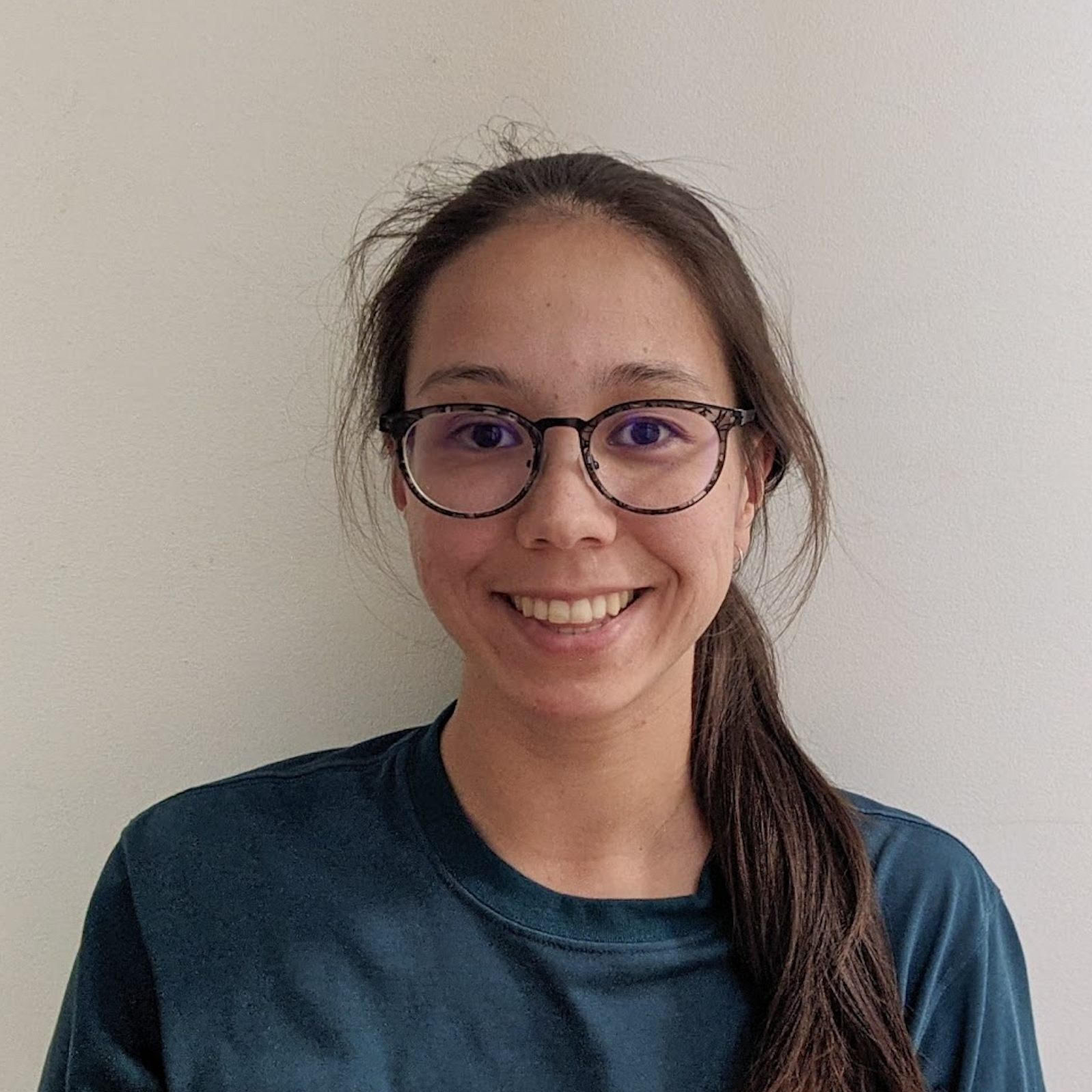
Modelling basal melt in Antarctic ice shelf cavities
Program 1: Circum Antarctic and East Antarctic
My project aims to use both idealised and more realistic ocean models to explore the physics of Antarctic ice shelf-ocean interactions and the ocean circulation in and near ice shelf cavities, which are important for predicting future sea level and climate. I am particularly interested in the implementation of these ice-ocean interactions in the newest generation of ocean and climate models. My project aligns well with the focus of ACEAS Program 1 (Circum Antarctic and East Antarctic) in its aim to quantify heat transport and Antarctic melt rates, as well as ACEAS Program 3 (Sub-regional and Regional Antarctic Margins), in its small-scale process focus which includes ice shelf cavities.
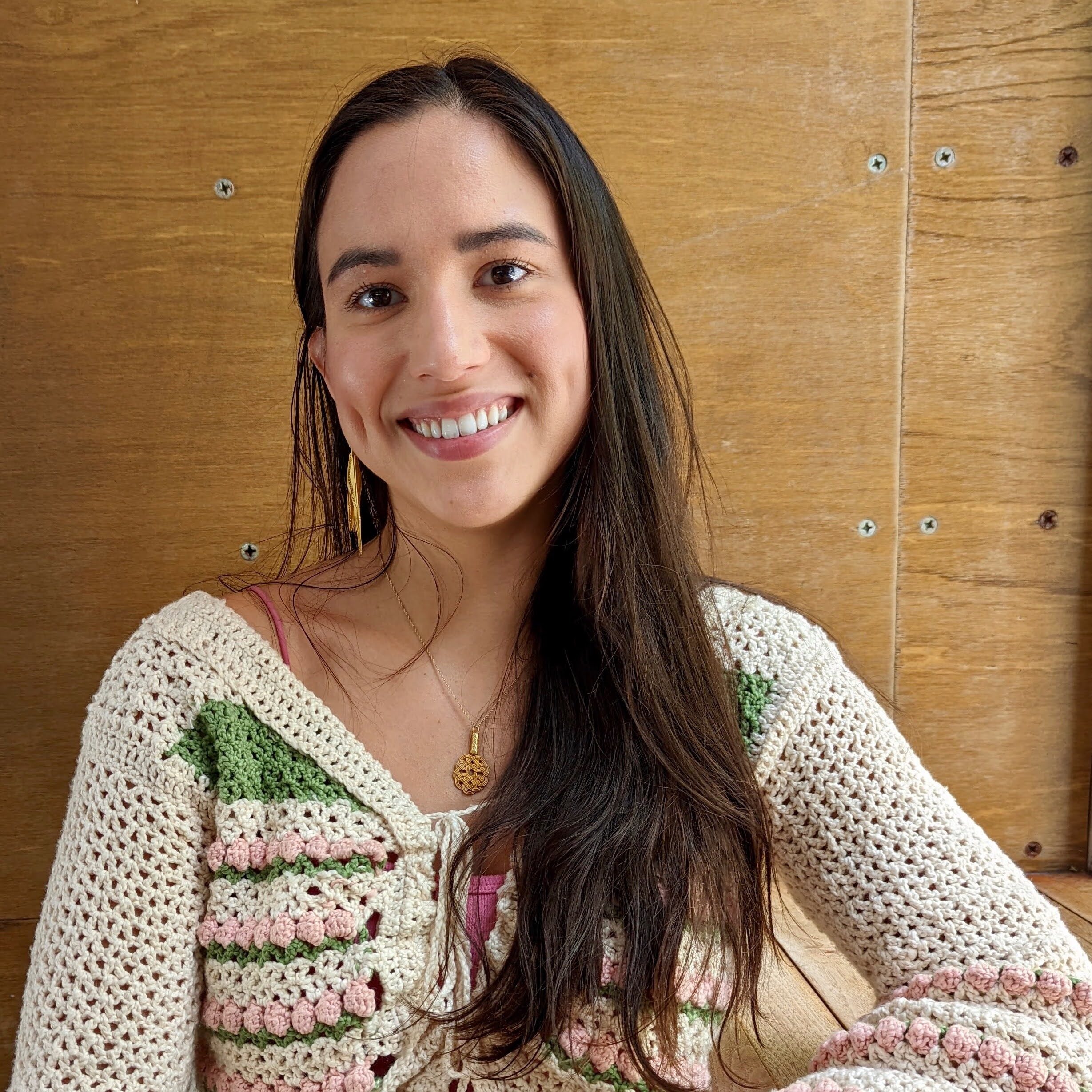
A coupled Earth systems approach ti modelling ice sheet change and its implications
Program 1: Circum Antarctic and East Antarctic
Estimating the ice sheet mass loss over the Antarctic Ice Sheet is a key Earth system interaction governed by global warming. However, ice sheet mass balance estimates are fraught with uncertainty. The primary objective of my project is to address the risks in predicting changes in the total ice sheet mass balance and then examining methodologies to reduce the sources of uncertainty. My thesis will indirectly focus on Antarctica’s impact to global sea level through studies such as understanding the risks associated with estimating the ice sheet mass balance using methods such as satellite altimetry, and how these sources of uncertainty can be reduced in the future.
Broadly speaking, I will investigate the complex interactions between the ice-atmosphere-ocean, including forcings and feedbacks. I will apply computational, geophysical, and interdisciplinary approaches to advance the understanding of these interdependent Earth systems with an emphasis on modelling ice sheets and outlet glaciers. There will be a component to better constrain results from satellite altimeter data with ground-based observations and incorporating insights from the evolution of the firn. I will (i) explore potential avenues for coupling different technologies to bridge the information gap in the spatial and temporal coverage over the AIS, and (ii) address the uncertainty introduced by variations in the firn.
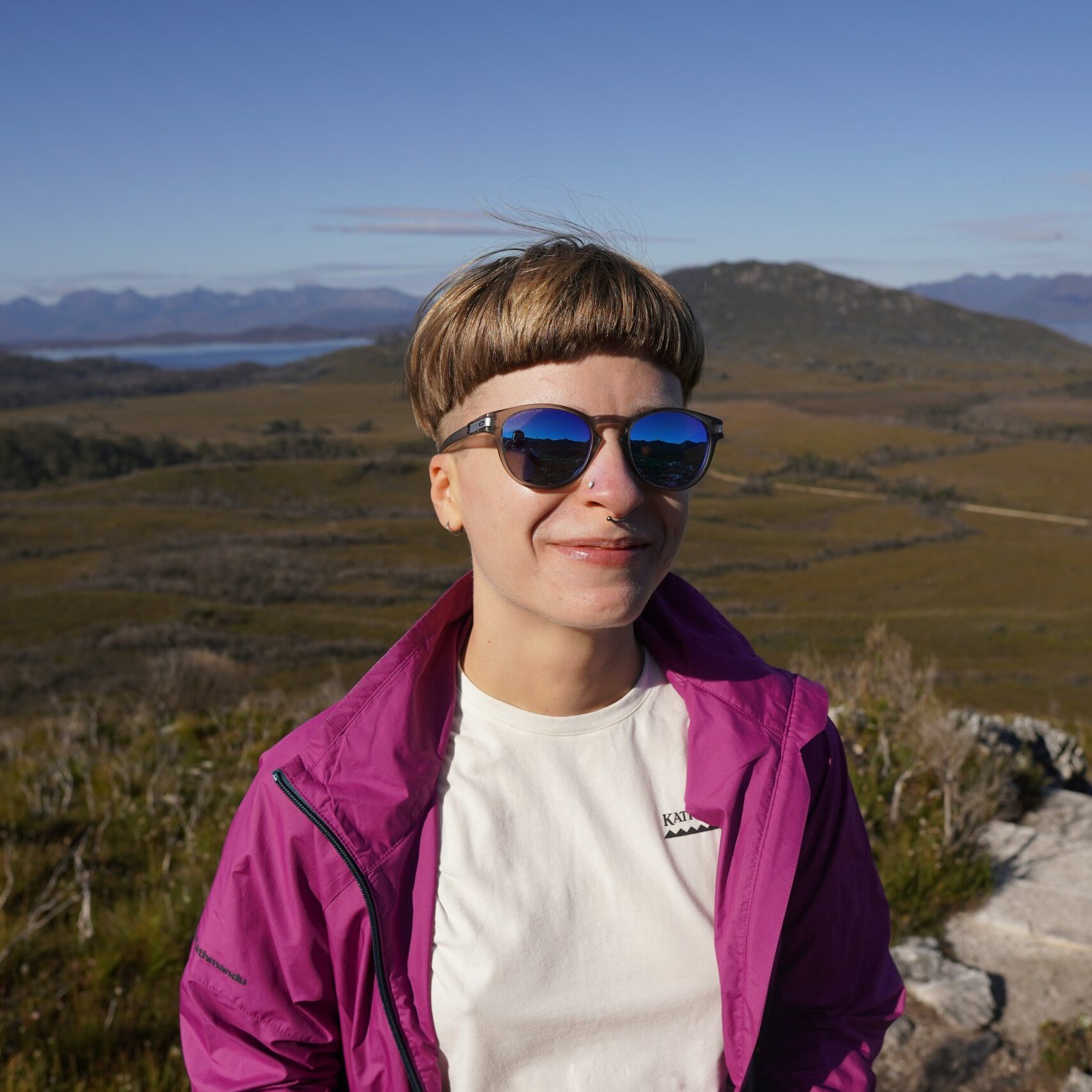
Understanding the circulation dynamics and water mass trends in abyssal Southern Ocean
Program 1: Circum Antarctic and East Antarctic
My first PhD project focuses on the Antarctic Bottom Water pathways and their driving mechanisms in the Australian-Antarctic Basin of the Southern Ocean. Antarctic Bottom Water originates in several areas over the Antarctic shelf and forms a lower limb of the meridional overturning circulation controlling the Earth’s climate. After its formation on the shelf, it overflows the shelfbreak and, due to high density and under the effect of gravity, sinks into the abyssal ocean where it spreads northward and eventually covers more than 50% of the ocean floor.
Despite the importance of the Antarctic Bottom Water for the global climate, there are no long-term observations because of Antarctica's remoteness and harsh conditions. I study Antarctic Bottom Water originated in Eastern Antarctica in the ACCESS-OM2 model with 0.1-degree horizontal resolution aiming to find accurate pathways through which the water enters the abyss and to understand the physical mechanisms controlling them.
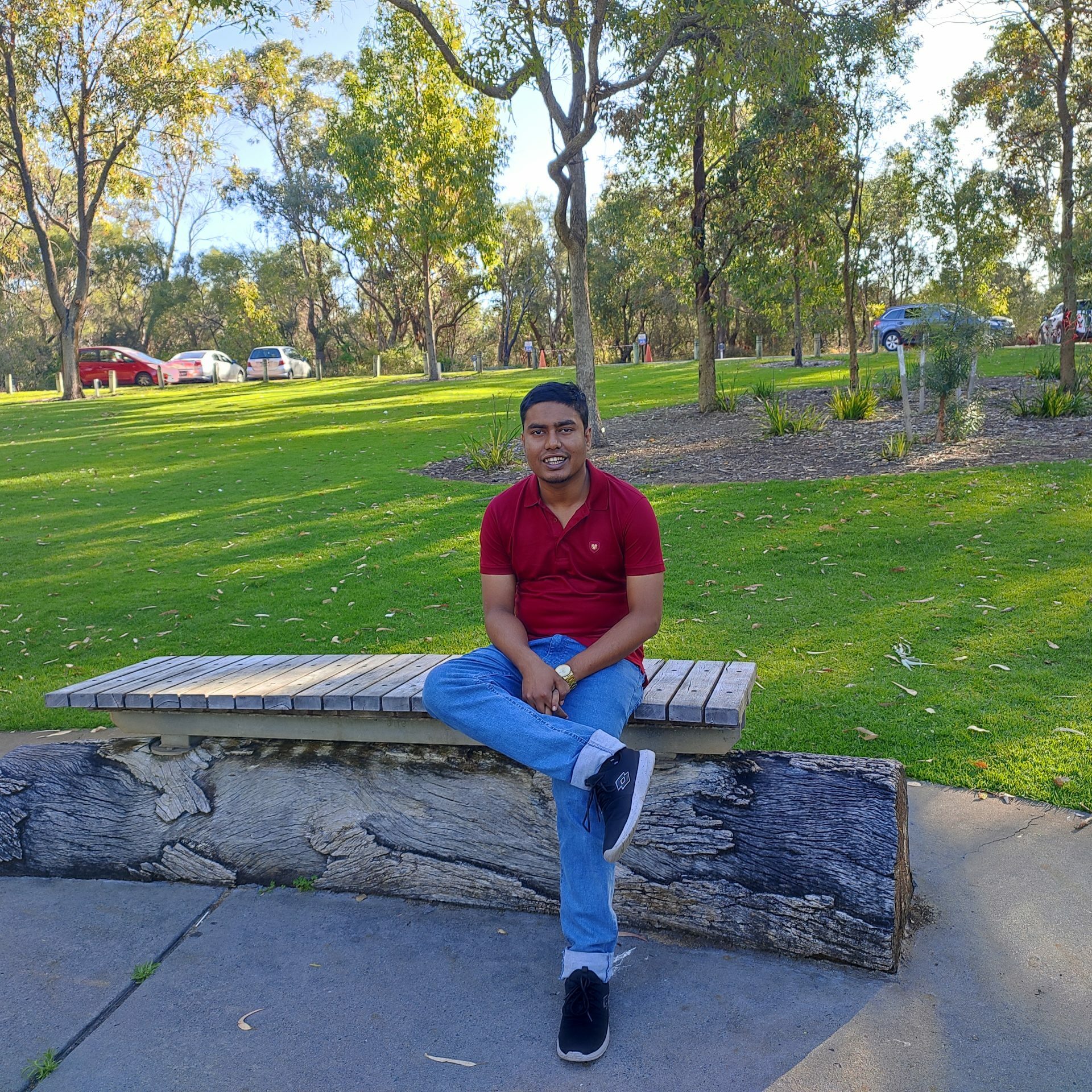
Long-term changes of phytoplankton in the Southern Ocean
Program 1: Circum Antarctic and East Antarctic / Program 2: Regional East Antarctic and its Provinces
This project will explore the variation of decadal responses and the dynamics of the Southern Ocean phytoplankton using multi-decadal records of satellite observations and large-scale climate drivers (like El Nino/La Nina). This study will play a crucial role in understanding the long-term changes in the ecosystem of the Southern Ocean. 25-year records of satellite-derived physical parameters (sea-surface temperature, wind speed and sea-surface height) and biological parameters (phytoplankton chlorophyll concentration) will be used to conduct this experiment. In addition to these parameters, outputs of ocean models will also be analysed to assess the temporal signals and relationships using statistical and/or machine learning techniques. The outcomes of this project are expected to be helpful in evaluating the impact of various scenarios of change in the physical environment on future changes in phytoplankton.
The activity is part of programs 1 (Circum Antarctic and East Antarctic) and 2 (Regional East Antarctic and its Provinces) of the ARC Australian Centre for Excellence in Antarctic Science (ACEAS).

Understanding the mechanism of Southern Ocean deep chlorophyll maxima
Program 1: Circum Antarctic and East Antarctic / Program 2: Regional East Antarctic and its Provinces
Deep chlorophyll maxima (DCMs) are a phenomenon that widely consists in the ocean that the chlorophyll has maximum concentration below the sea surface. A biomass maximum is existing with DCMs simultaneously, affecting the Southern Ocean food-webs and carbon cycle. DCMs are mostly studied in tropical and subtropical ocean, which is mainly influenced by the surface nutrient limitation. The formation of DCMs in the Southern Ocean is different with that in tropical regions. Southern Ocean is such an HNLC area, which is caused by the low iron abundance on the surface water, which could cause DCMs. Additionally, light, temperature and grazing are regarded as the proposed factors impacting the Southern Ocean DCMs. In this project, I will use biogeochemical model to simulate the seasonal variation of chlorophyll distribution in Southern Ocean to determine how DCMs form. Also, I will do some sensitivity tests to show which factor(s) drive the formation of Southern Ocean DCMs and how the Southern Ocean DCMs influence the marine biological production and the global carbon cycle. This project aligns with ACEAS Program 1 and 2, help understanding the drivers of DCMs and the contribution to Southern Ocean productivity and biogeochemical cycles.
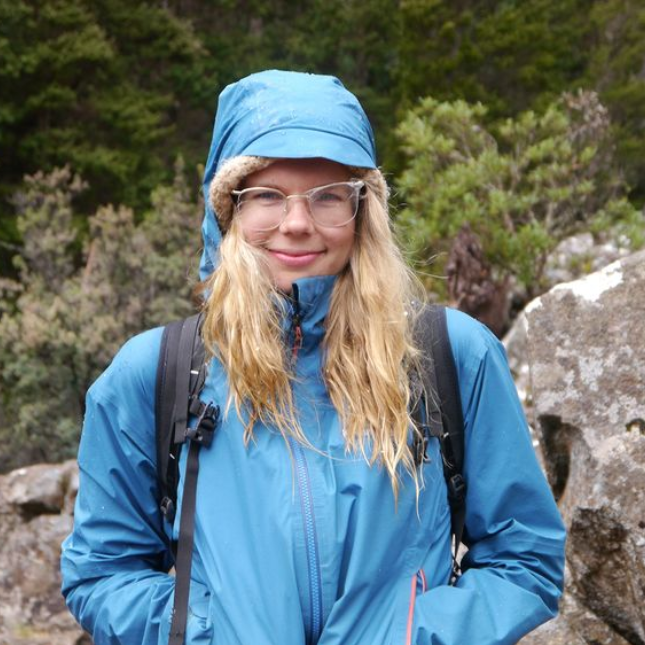
Environmental drivers of iron speciation and implications for the ecophysiology of East Antarctic phytoplankton
Program 2: Regional East Antarctic and its Provinces
The biological carbon pump (BCP) is one of many pumps in the Southern Ocean that drives the uptake and export of carbon dioxide (CO2). Within the BCP, phytoplankton convert atmospheric CO2 to organic carbon via photosynthesis, which can be exported to depth through physical and biological processes. However, phytoplankton growth in the Southern Ocean, and thus the strength of the BCP, is limited by micronutrients (such as iron) and light.
Alongside seasons with extremely variable light, the Southern Ocean is considered iron limited. Over 99% of dissolved iron is bound to iron-binding ligands, which play a key role in sustaining iron in the surface ocean. Although some phytoplankton can access iron bound to ligands, research has shown that the complexation of iron may decrease bioavailability to some species, depending on the type and strength of the ligand. Environmental factors, such as light, can also impact the accessibility of bound iron. However, further research is needed to understand the coupling of light availability and iron speciation, and how this may impact phytoplankton communities and the seasonal efficiency of the Southern Ocean’s BCP. This project aims to fill this research gap by combining laboratory- and field-based experiments, with observational process studies, to untangle the complex nature of light and iron availability on Antarctic phytoplankton communities. Hence, this research aligns with ACEAS project 1 ‘Circum Antarctic and East Antarctic’, by accessing the iron-related drivers of phytoplankton production, and how this impacts the BCP.

Bajrang Chidhambaranathan
PhD Student
E: bajrang.chidhambaranathan@student.unimelb.edu.au
Social Links
Understanding the Role of Southern Ocean Circulation in Antarctic Ice Melting
Program 3: Sub-regional and Regional Antarctic Margins
Understanding the Southern Ocean's complex dynamics, particularly its role in the Earth's climate system, poses a significant challenge. While Global Climate Models (GCMs) have been traditionally used, they struggle to help understand the intricate physical processes within the Southern Ocean. These processes are vital, especially in the context of global warming and its impact on the Antarctic ice sheets, which has profound implications for sea-level rise and the planet's ecosystems.
To address these challenges, my project involves an approach combining observational data and advanced numerical simulations. Observational resources like Argo floats, ocean mooring data, and gridded datasets can offer valuable insights. On the simulation side, high-fidelity numerical techniques, including Direct Numerical Simulations (DNS) and Large Eddy Simulations (LES), are employed to model the flow physics, turbulent mixing, and mesoscale dynamics.
The power of this approach lies in its application of dynamical similarity principles. By scaling both planetary mechanisms and small-scale processes, it achieves a well-resolved computational range. This approach, akin to laboratory studies in rotating convection and stratified circulation, extends solutions from small turbulence scales to encompass large-scale processes. The result is the generation of energy-conserving flow solutions, offering a deeper understanding of the Southern Ocean's pivotal role in the Antarctic ice sheet melting. This project ties well with Program 3 – Subregional and Regional Antarctic Margins.
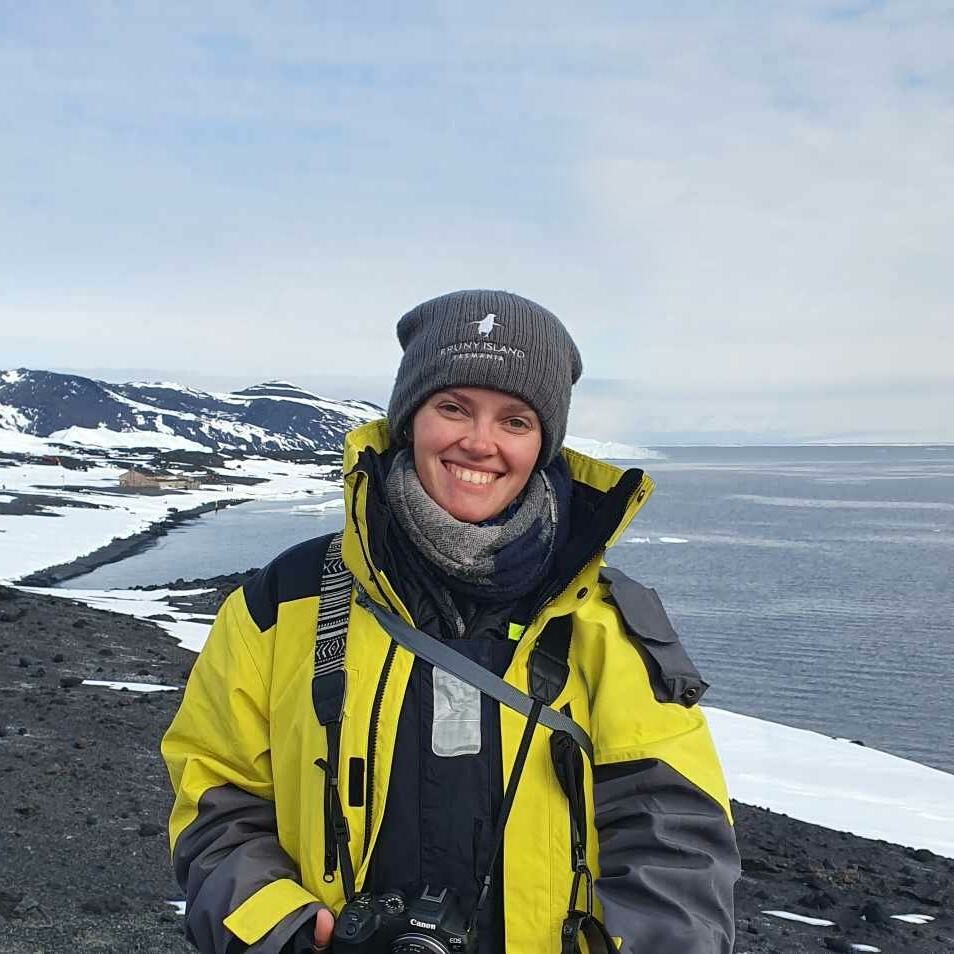
Paleoceanographic changes in the Antarctic Southern Ocean across the Mid-Pleistocene Transition
Program 3: Sub-regional and Regional Antarctic Margins
The Mid Pleistocene Transition (~1.25 – 0.65 Myr BP) represents a period in which the climate underwent a significant shift, transitioning from roughly symmetrical glacial cycles (41ka duration) to stronger, saw-toothed cycles (100ka duration). With the absence of any significant change in solar radiation forcing, it is thought that the cause of this transition may be a result of the internal reorganisation of the Earths systems. Given the leverage of the Antarctic Zone on ocean-cryosphere-carbon interactions, the paleo-information preserved by marine records in this region can provide context as to the changes which were taking place during the MPT. Using a multi-proxy approach, this project intends to reconstruct biological activity, ocean ventilation and ice sheet behaviour across glacial cycles in search of evidence of the internal restructuring of the Earth systems and determine how the interactions between these systems may have influenced the changing climate.
The scope of this work falls in line with Program 3 – Sub-regional and Regional Antarctic Margins. Understanding the interactions between the ocean-cryosphere-carbon systems remains a pivotal aspect in informing future climate projections. Recognising this, we intend to use these paleo reconstructions to better understand the response of the Antarctic ice sheet to periods of intense warming and gain further insight into climate feedback mechanisms.

Southern ocean natural iron fertilization - Quantifying the biological pump in the Southern Ocean in regions of natural iron fertilization
Program 1: Circum Antarctic and East Antarctic
The aim of my PhD project is to quantify the biological pump in Southern Ocean regions of natural iron fertilization. Phytoplankton growth is the cornerstone of the oceans’ biological carbon pump – an important mechanism for transporting carbon into the deep ocean. In the Southern Ocean, this pump is weakened by low levels of dissolved iron – an essential nutrient for photosynthesis. However, there are several regions that experience natural iron fertilization, where large scale phytoplankton blooms are frequently observed. These include (1) island wakes such as downstream in the Antarctic Circumpolar Current from the Kerguelen plateau, Crozet Island and South Georgia Island; (2) the seasonal ice zone and (3) places impacted by hydrothermal vents. Biogeochemical (BGC) Argo floats can now be used to look in detail at the fate of biogenic material produced in the euphotic zone. We will apply and adapt proven methods to calculate the characteristics of the biological pump in Southern Ocean regions of natural iron fertilization.
By improving our understanding of the biological carbon pump my PhD project contributes to ACEAS program 1.

The effects of climate change on microbial communities, particularly viral communities in Antarctic sea ice
Program 2: Regional East Antarctic and its Provinces
After completing a BSc and MSc in Physics with a focus on astrophysics at Heidelberg University (Germany), I had the opportunity to join the physical oceanography team on RV Polarstern to investigate the iron induced chlorophyll bloom in the vicinity of South Georgia Island. The experience during this three-month voyage on the Southern Ocean inspired me to shift focus and pursue a PhD project in Southern Ocean Oceanography and climate science. The ocean, and its role in the global carbon cycle, is what fascinates me.
Moving forward I am excited to apply my background and expertise in hydrodynamics, thermodynamics and modelling to investigate this fascinating multidisciplinary research area.
Participating in the voyage first sparked my interest in the role of iron in the Southern Ocean and I now continue working on this fascinating topic as a PhD student.
I wish to contribute to a deeper understanding of the role of physical processes for the carbon pump and the overall effect on the global climate.
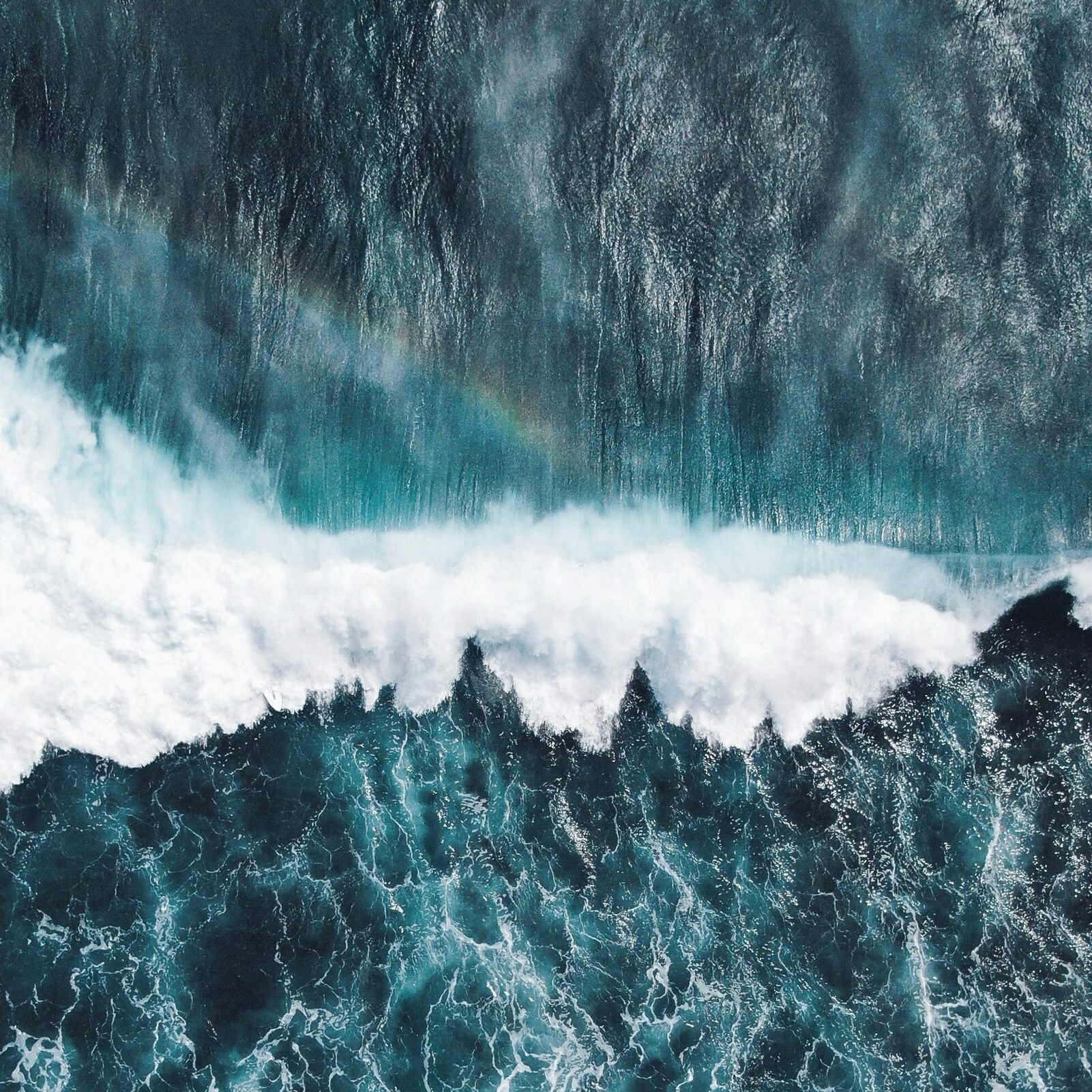
Climate variability in satellite observations of Antarctic ice sheet change
Program 1: Circum Antarctic and East Antarctic / Program 3: Sub-regional and Regional Antarctic Margins
As a result of global warming, sea level rise poses a threat to low-lying coastal communities and islands. The rise in sea level is mostly attributed to the rapid melting of ice glaciers in Antarctica and Greenland. In the past decade, rapid ice loss has been reported over Antarctica and is expected to overtake Greenland, becoming the biggest contributor to global mean sea level rise.
The polar region is characterised by high natural climate variability. Much of this variability can be linked to large-scale modes of climate variability, which affect moisture flux and heat transport. In recent decades, Antarctic mass loss and contribution to global mean sea level rise studies have seen growing attention. Despite the numerous studies currently ongoing on Antarctic ice mass loss, the processes and dynamics driving interannual and decadal ice mass variability are still not fully understood. Few studies have attributed recent Antarctic ice mass loss to climate variability; however, overall, the large-scale climate variability in Antarctic ice mass loss is not fully understood, hence the need for further studies.
My research project aims at investigating the role large modes of climate variability play in recent ice mass loss in Antarctica. Plan to achieve this objective by collating climate indices with observed GRACE ice mass changes. Climate indices are strongly associated with atmospheric circulation patterns, influencing the transport of moisture and heat, which ultimately impact ice mass balance. Understanding the relationship between climate indices and interannual ice mass change will improve ice mass loss prediction and its subsequent contribution to sea level rise.
This PhD aligns with ACEAS Project 1, specifically assessing risks to the effective prediction of changes to ice mass, ocean, and climate that arise between systems, across boundaries, variability, and instability/threshold changes.
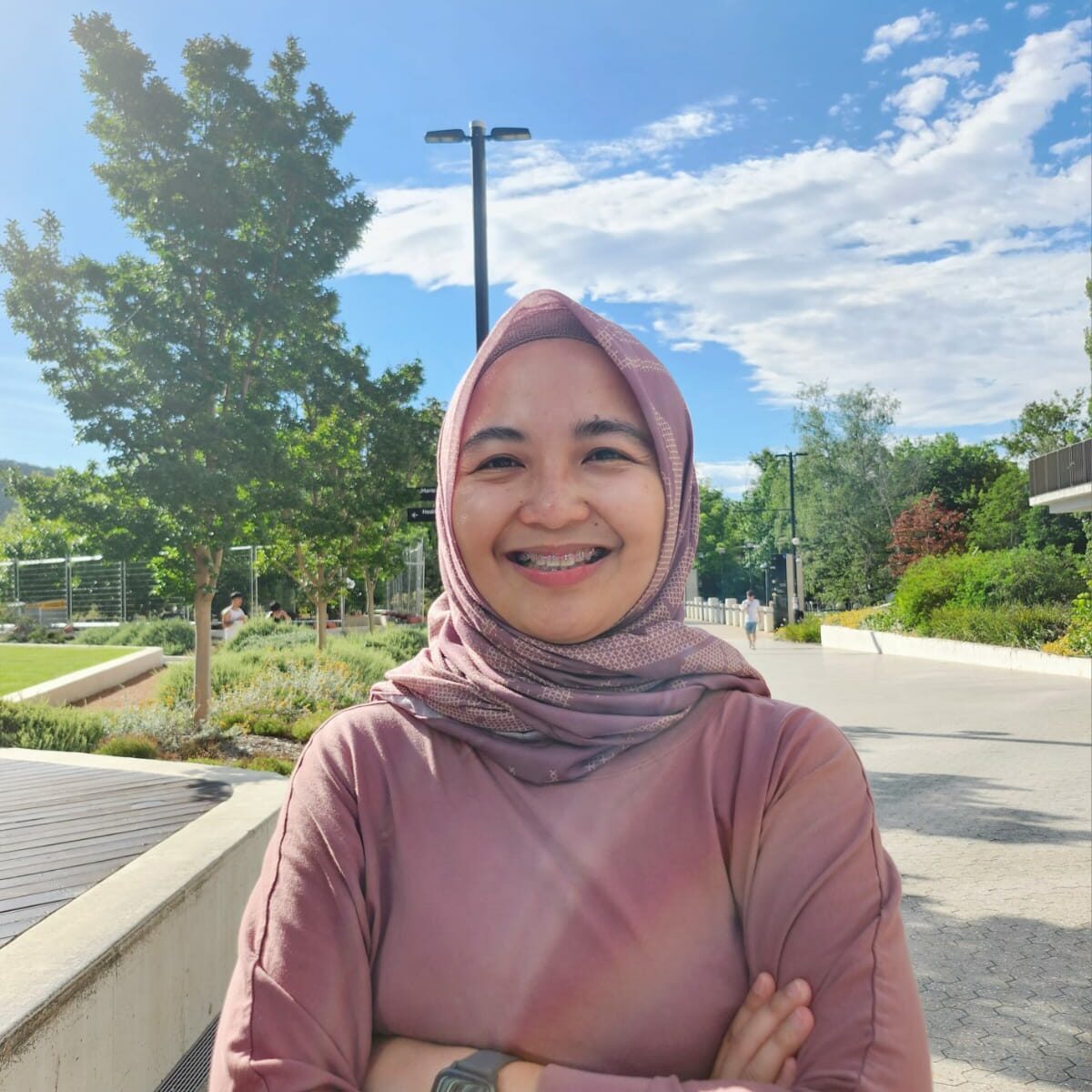
Oceanic Regulation of Phytoplankton Species in the Southern Ocean
Program 1: Circum Antarctic and East Antarctic
The phytoplankton group plays a crucial role in regulating carbon fixation and export within the ocean. Due to their sensitivity to light, temperature, and nutrient availability, both physical forcing and environmental variables significantly influence the phenology and composition of phytoplankton communities in marine ecosystems. With these factors undergoing simultaneous changes in the Southern Ocean because of shifting climatic conditions, there will likely be concurrent impacts on carbon acquisition capacity.
My Ph. D project will observe the long-term (multi-decadal) phytoplankton group in the Southern Ocean by using satellite remote sensing and Biogeochemical-Argo Float data. Both empirical and semi-analytic algorithms will be employed in remote sensing methodologies to estimate phenological shifts and alterations in phytoplankton composition.
The output of this project is expected to understand on how climate change will affect the carbon acquisition capacity in the Sothern Ocean.

Laboratory study on the role of convection and currents in driving the melting of ice shelves
Program 3: Sub-regional and Regional Antarctic Margins
The mass balance of the Antarctic ice sheet plays a critical role in the global climate, ocean circulation and future sea level rise. Recent studies suggest that the Antarctic ice sheet is losing mass through basal melting from ice-ocean interaction at an alarming rate. Processes varying from the planetary scales (1000s of km) to molecular diffusion (at sub-millimetre scale) govern the ice sheet melting process under different conditions making it one of the most complicated problems of oceanography. The present understanding of small-scale processes such as turbulence and convection in ice-ocean boundary layer on melting of ice shelves is not complete and they are poorly represented in the ocean models, which leads to significant uncertainty in the prediction of future ice-cover of Antarctica.
The objective of this study is to investigate the dynamics of melting ice shelves and the formation of adjacent boundary layers, utilizing high-resolution laboratory measurements using state-of art techniques, such as, Molecular tagging velocimetry and Molecular tagging thermometry. This research aims to gain an understanding of the underlying physics governing the process through the following two different sets of experiments. In the first set, experiments are conducted to study ice melting under natural convection highlighting the importance of considering thermal effects on the boundary layer which is often overlooked when modelling the flow. Next, experiments are performed under turbulent forced convection scenario to investigate ice shelf melting under ambient current. This step is crucial to identify the deficiency in current parametrization used in ocean models to predict the melting response of ice shelves. This deficiency often leads to errors in estimations of Antarctic mass loss due to basal melting, ranging from 17% to 100% based on the current speed. This study proposes methods to address this deficiency in the current parameterization contributing to significantly reducing the uncertainty of mass loss estimations.
